New Trek Madone 9 Series gets radically aero for 2016
Much more aggressive shape, cushy IsoSpeed ride, and lots of integration
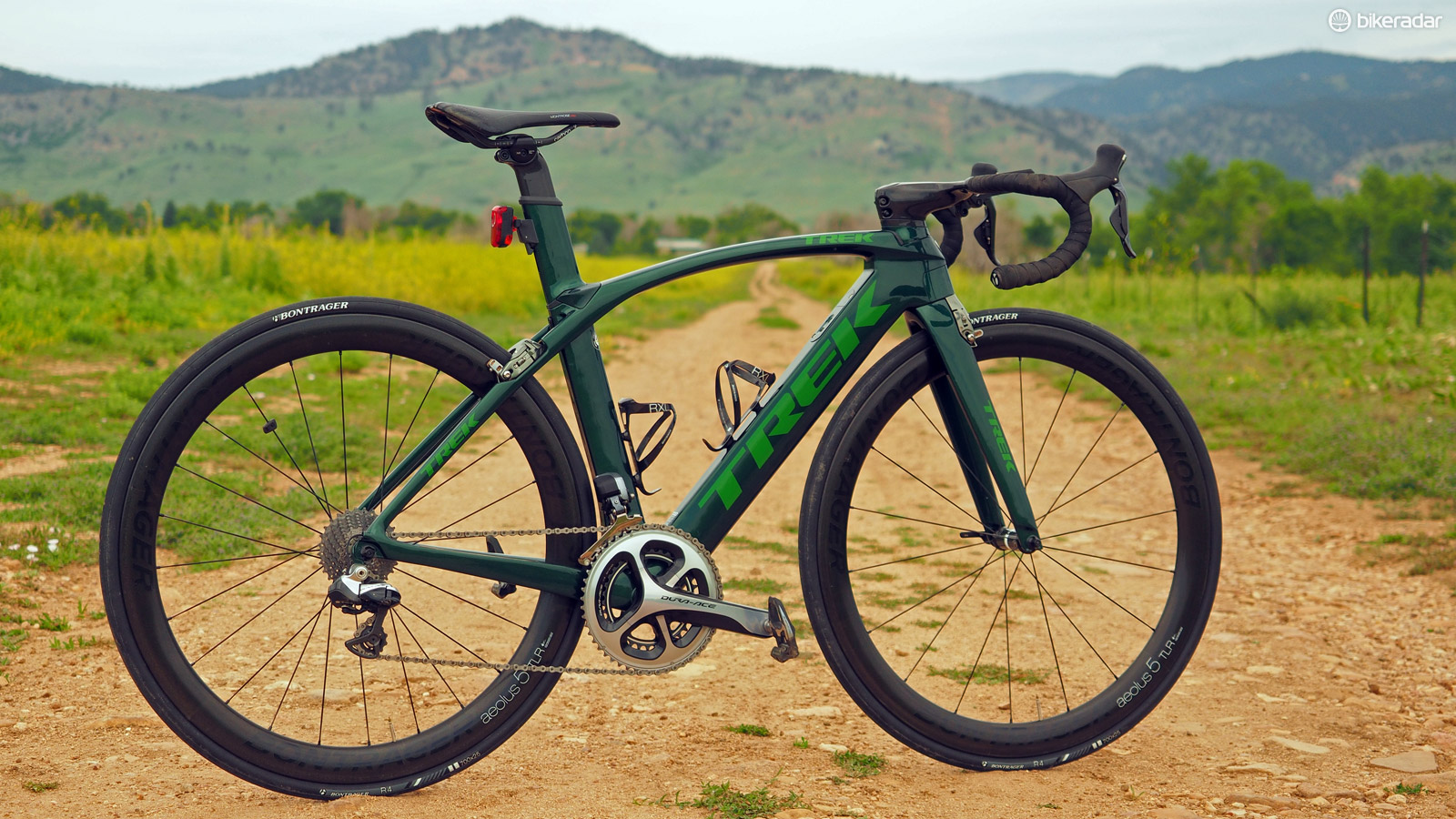
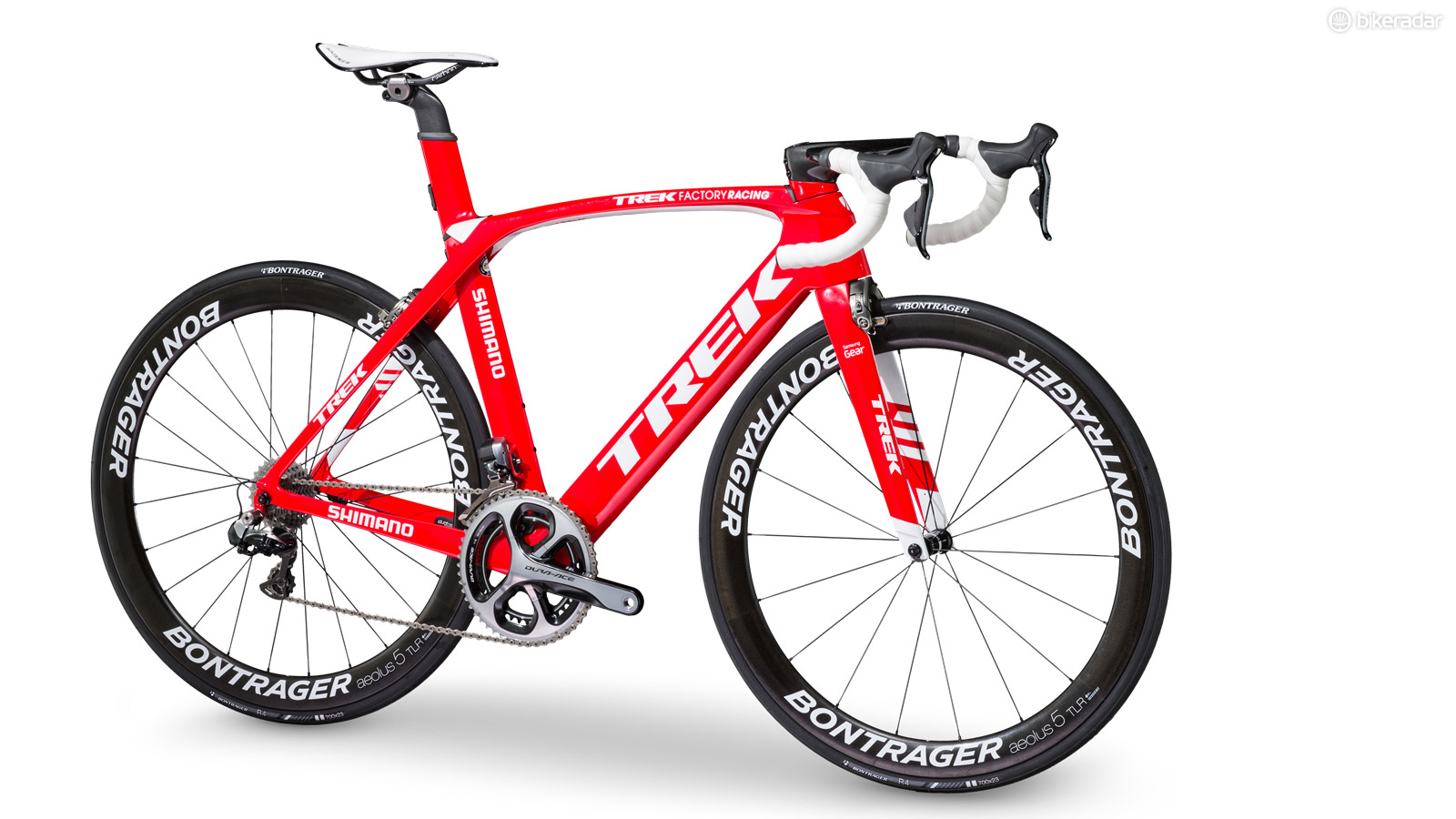
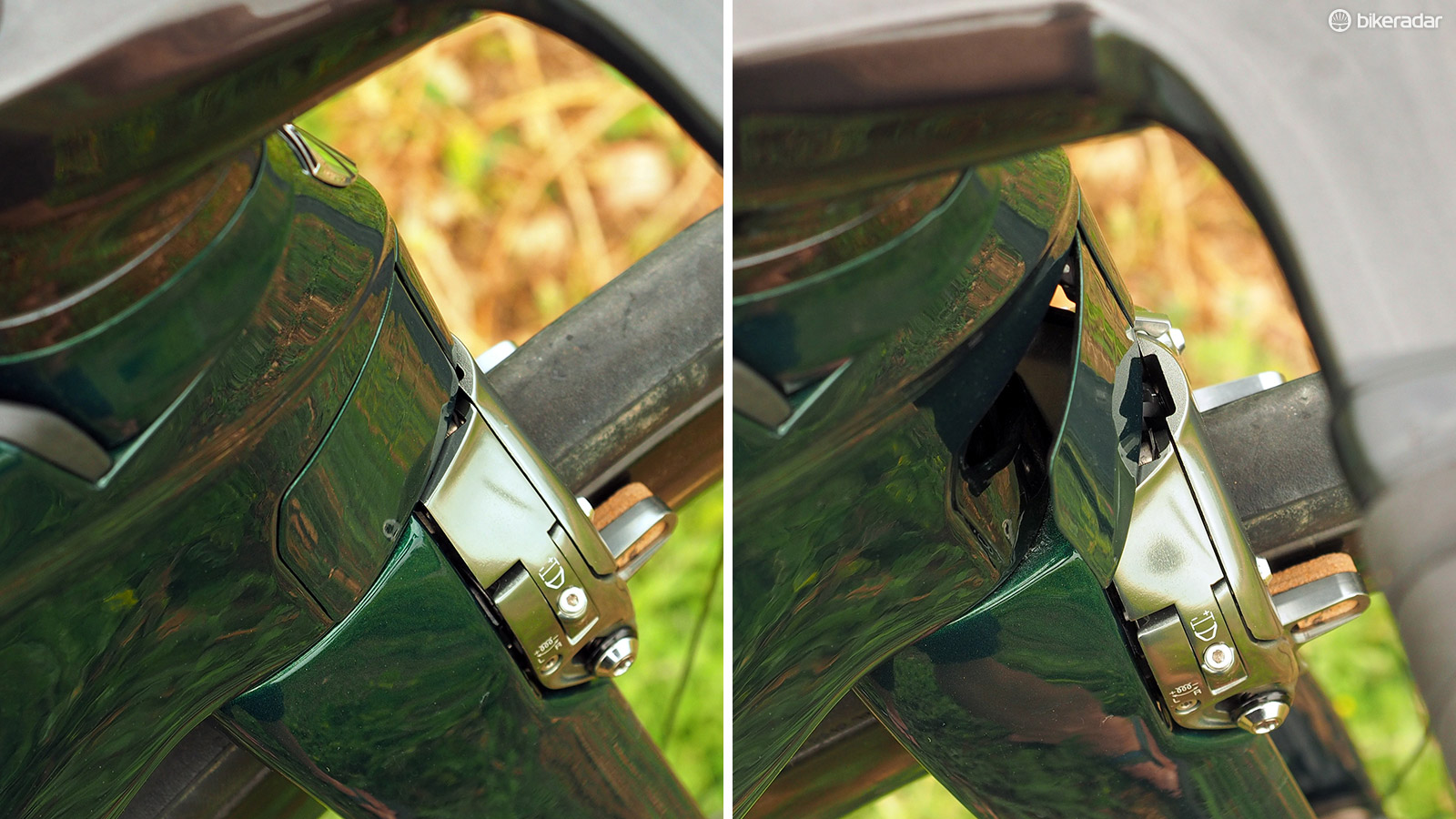
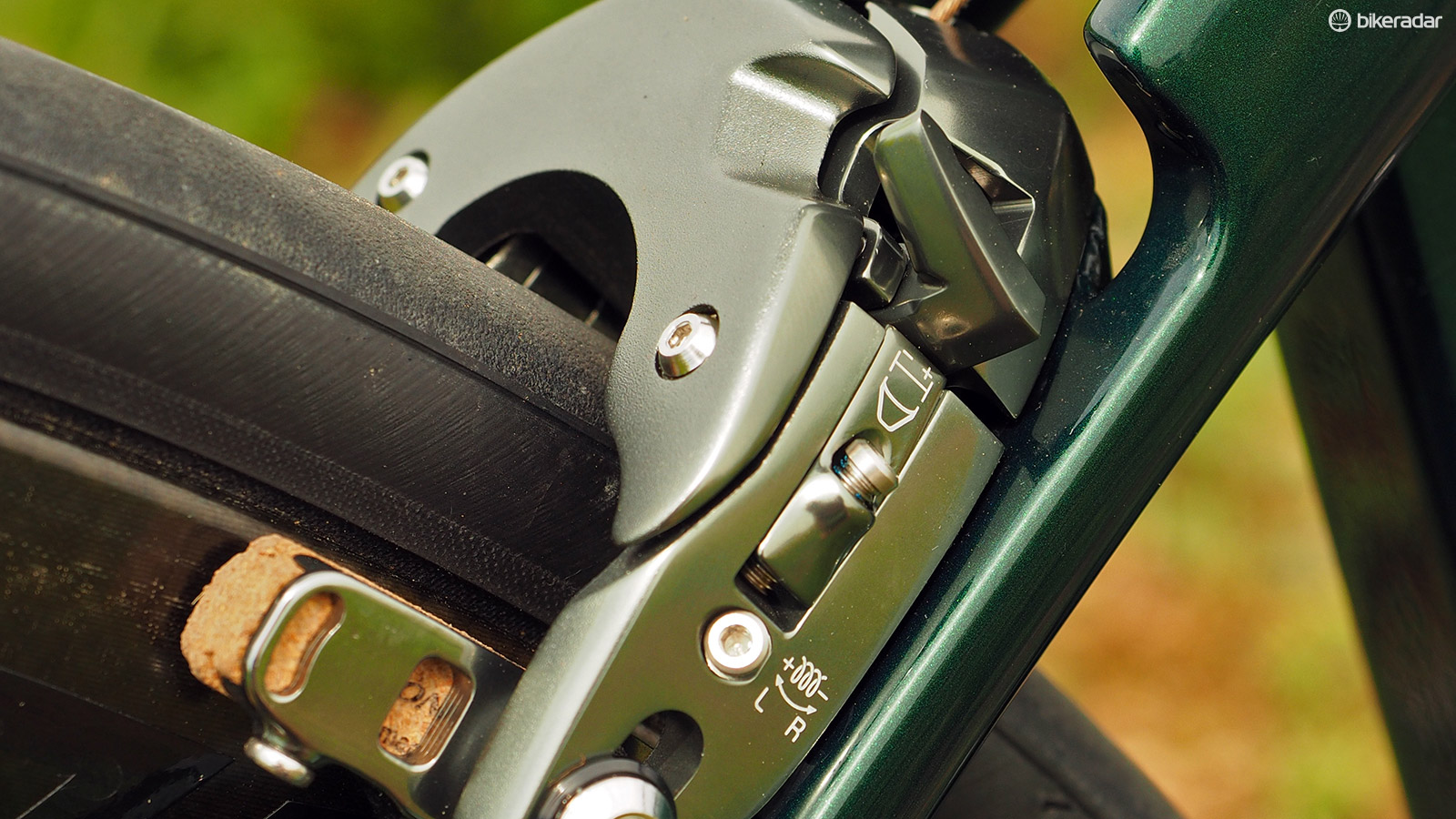
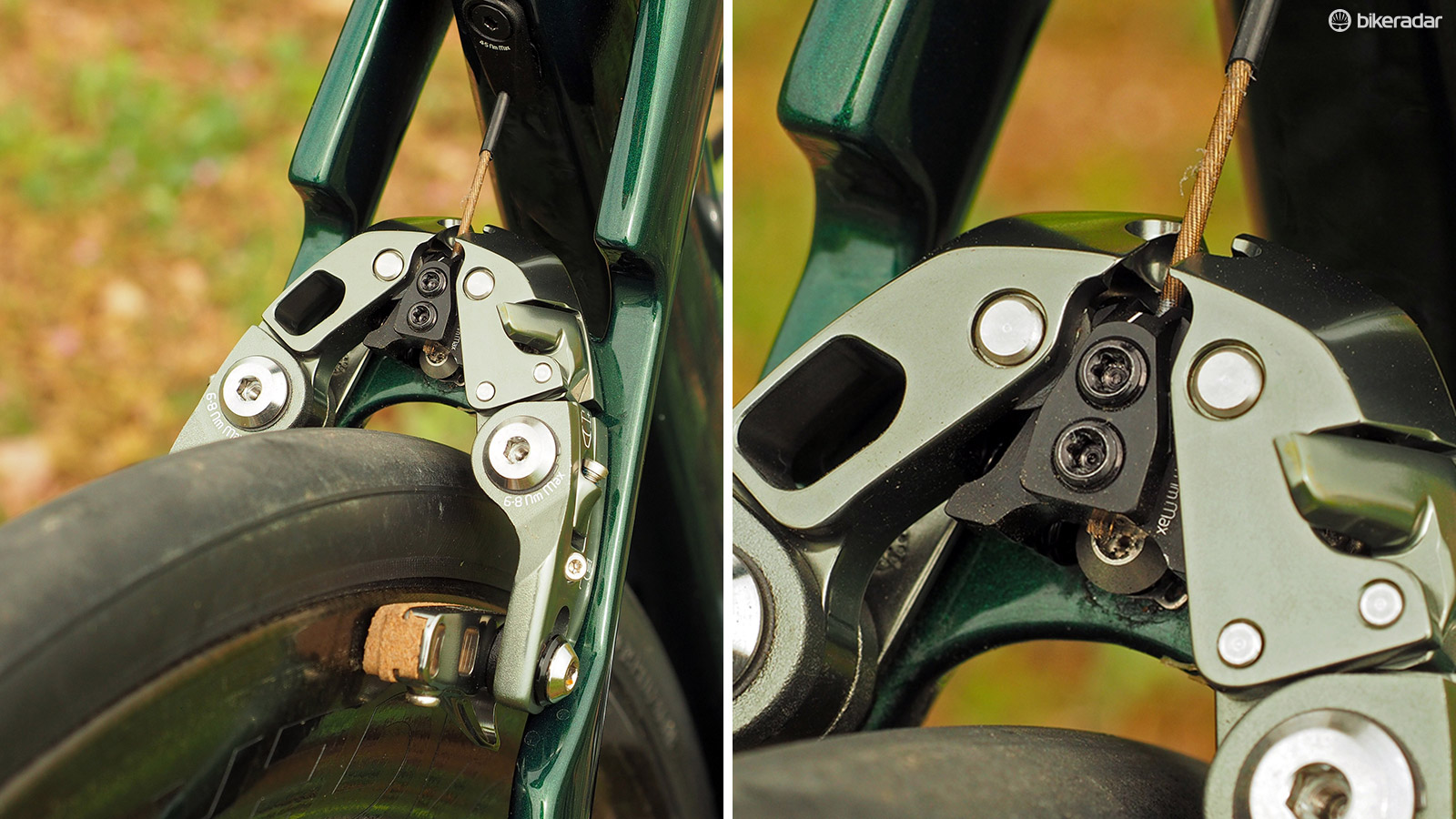


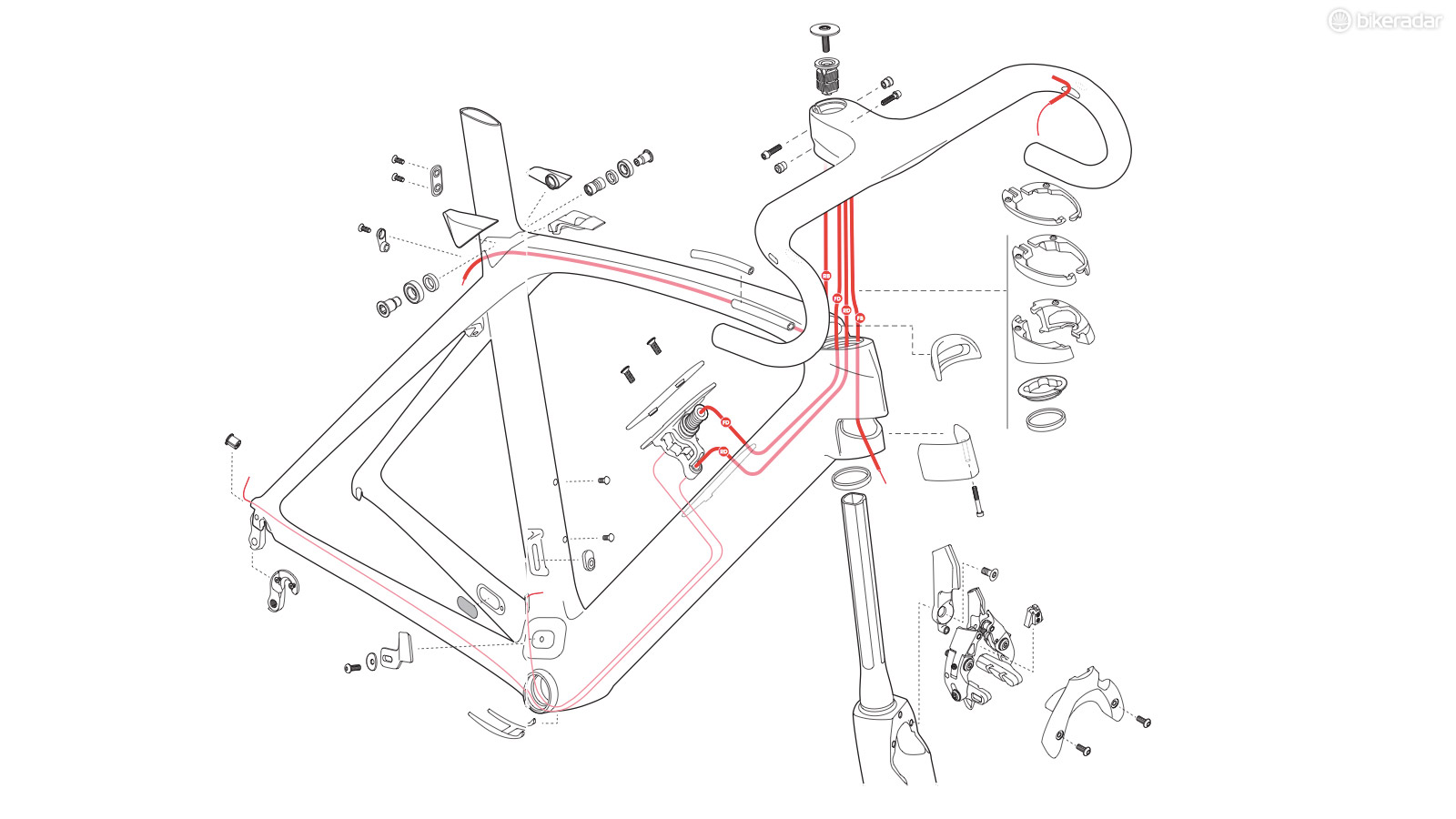
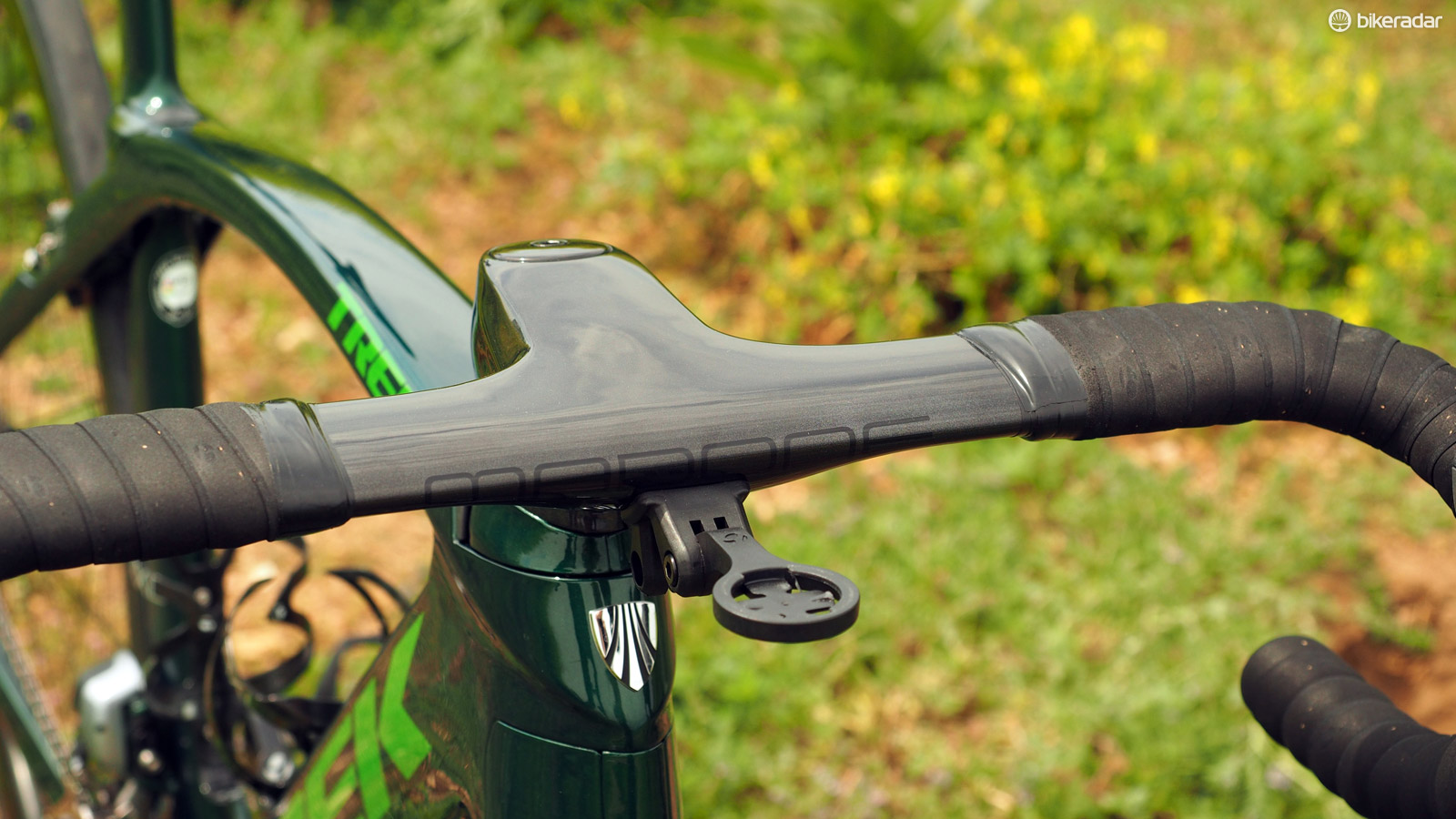
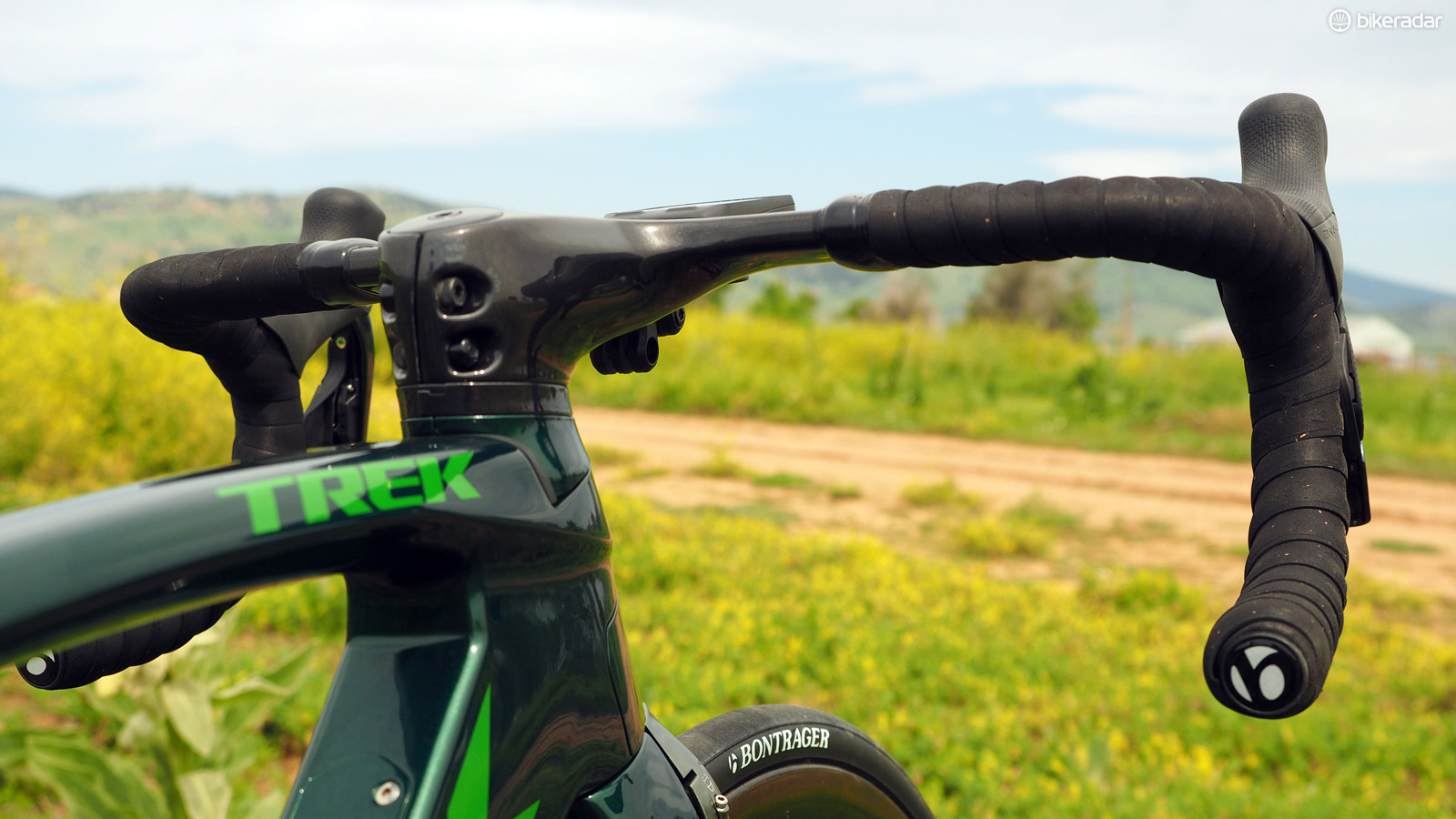
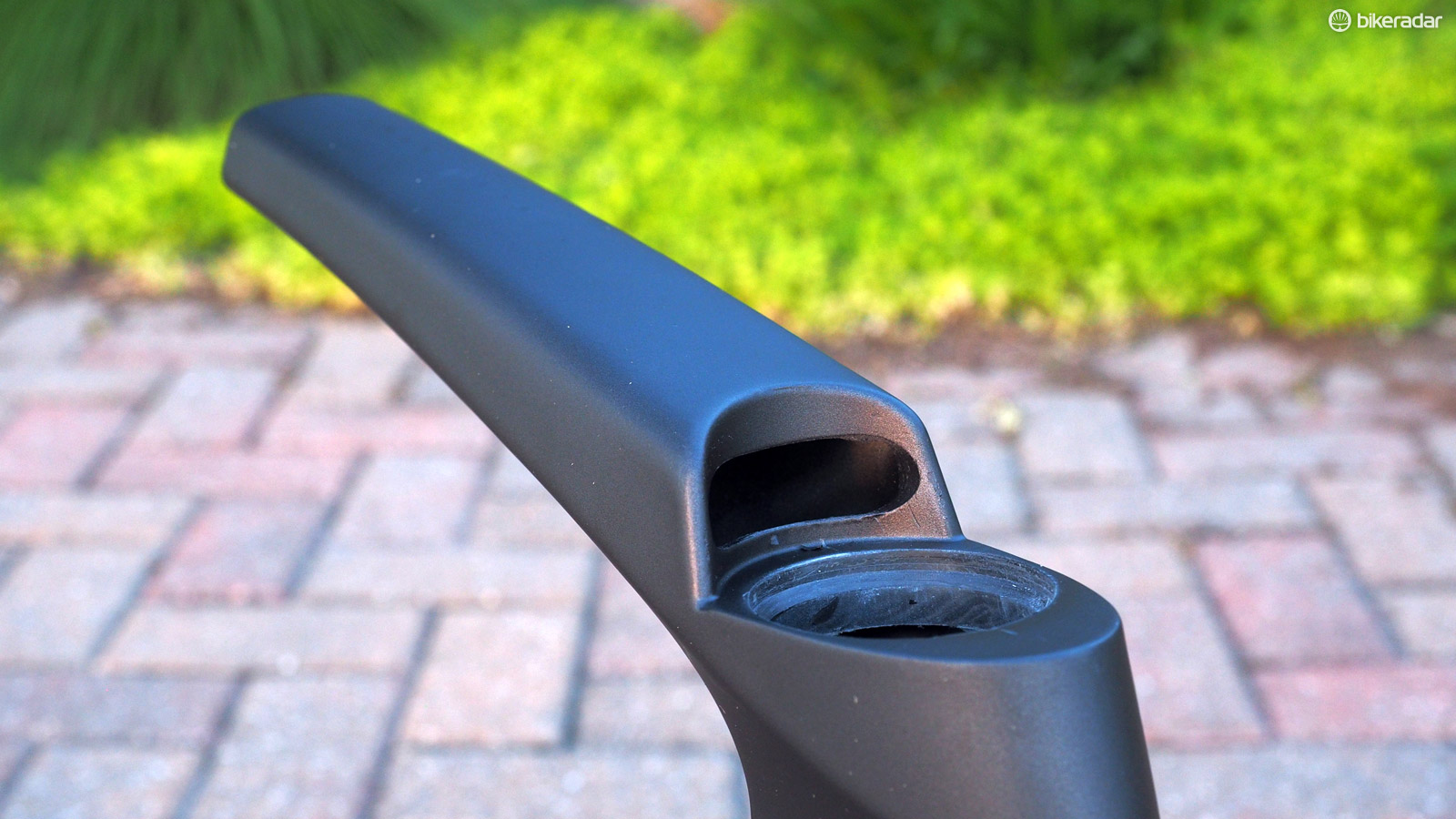
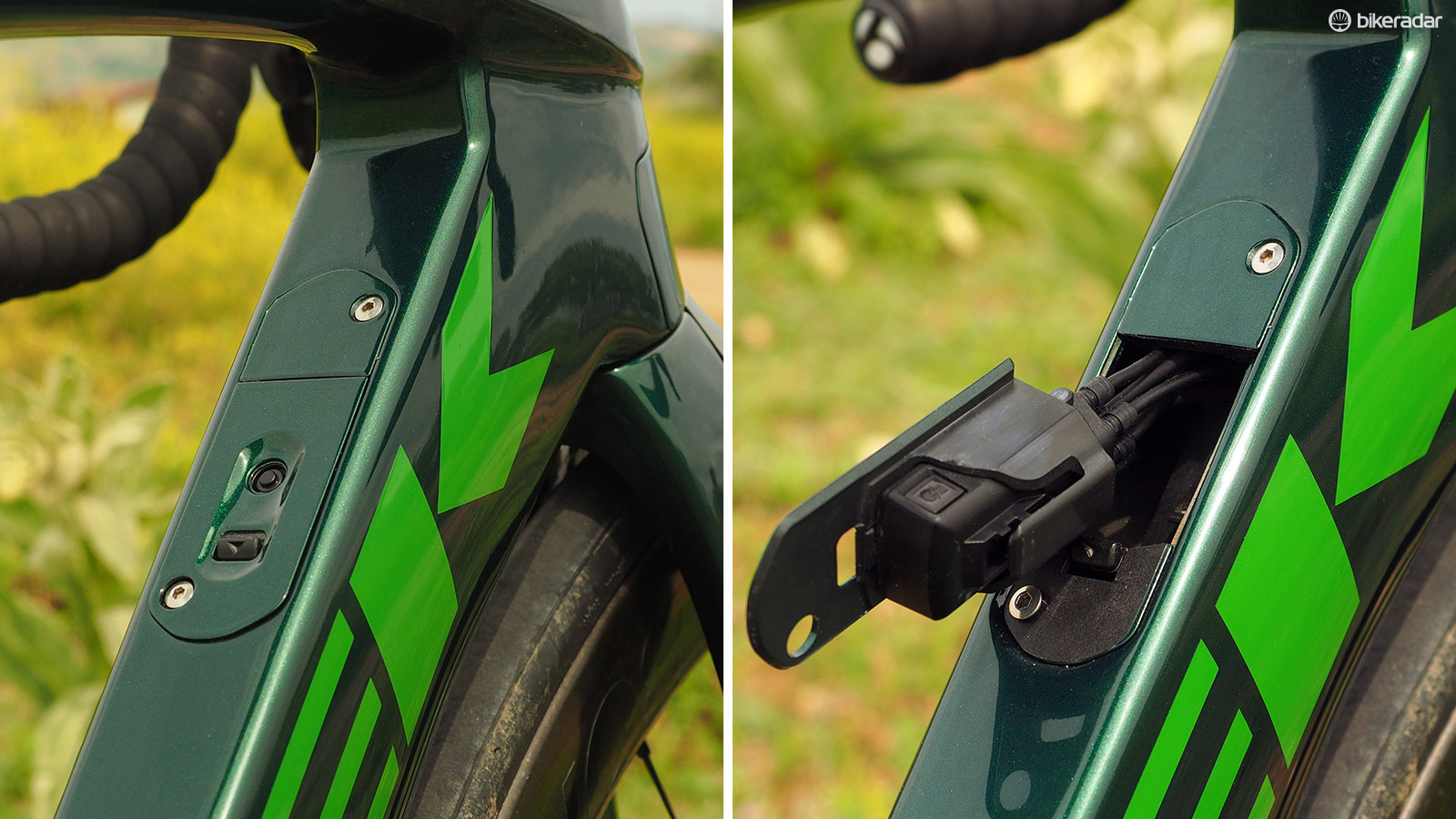


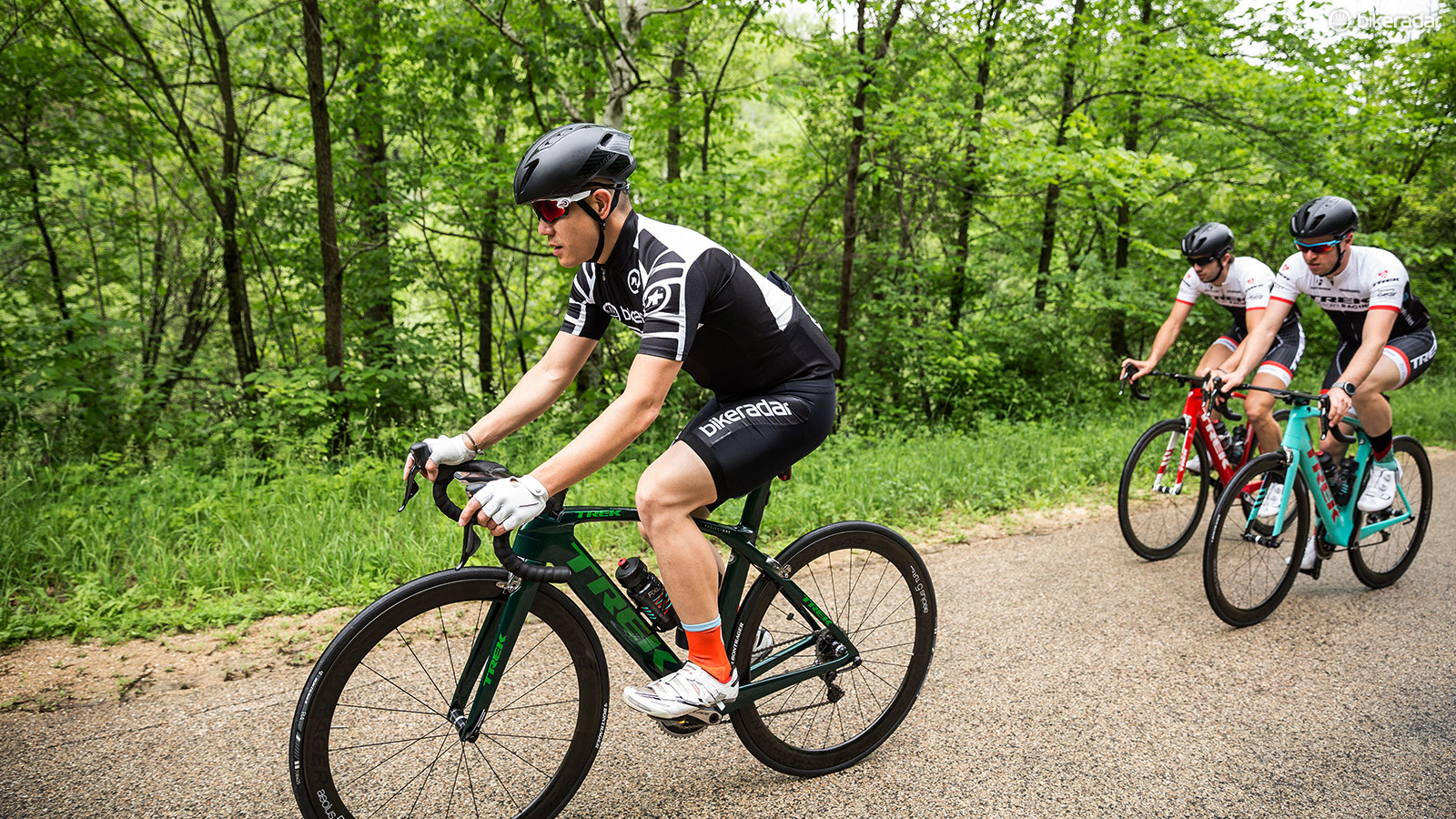
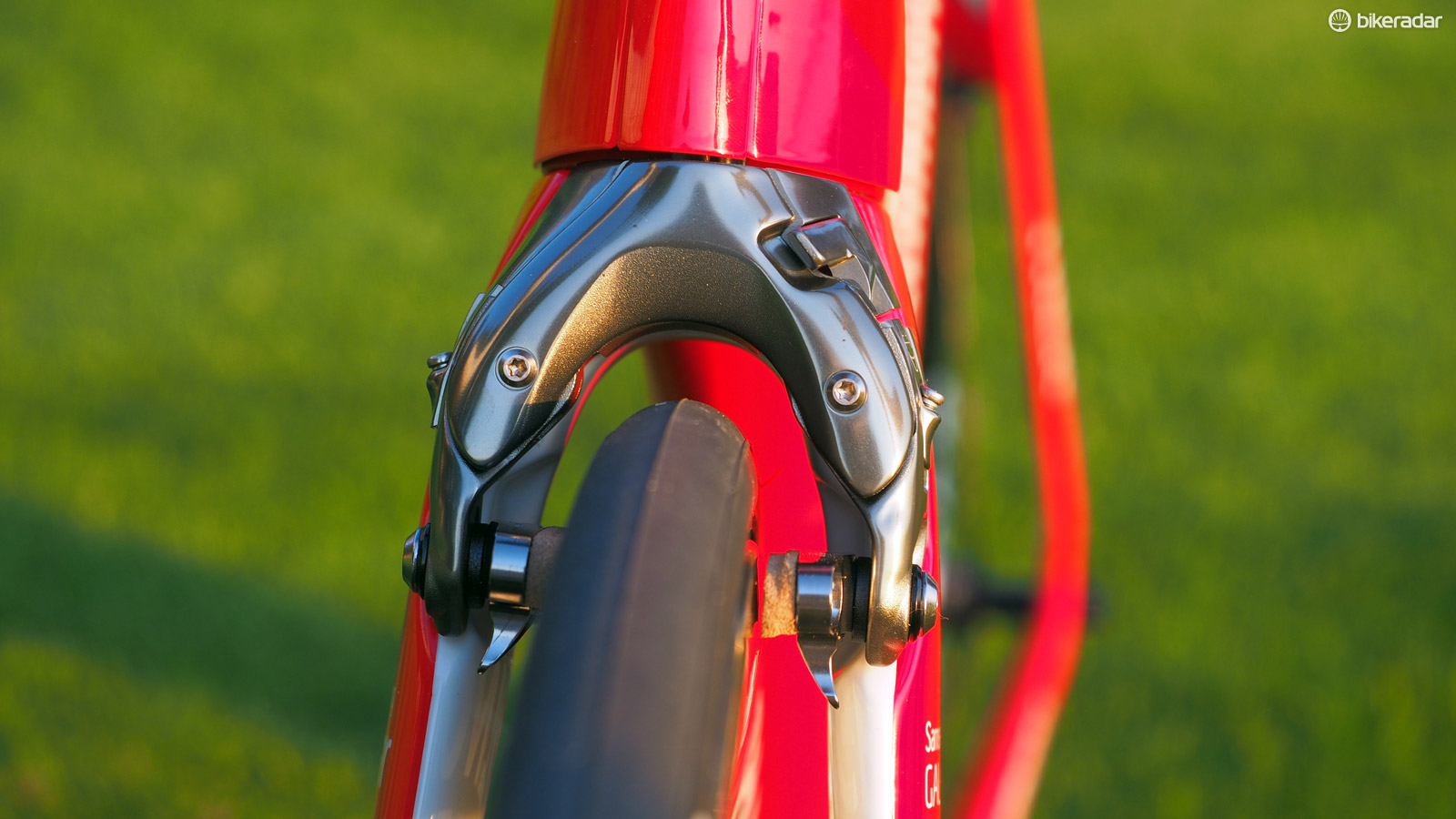


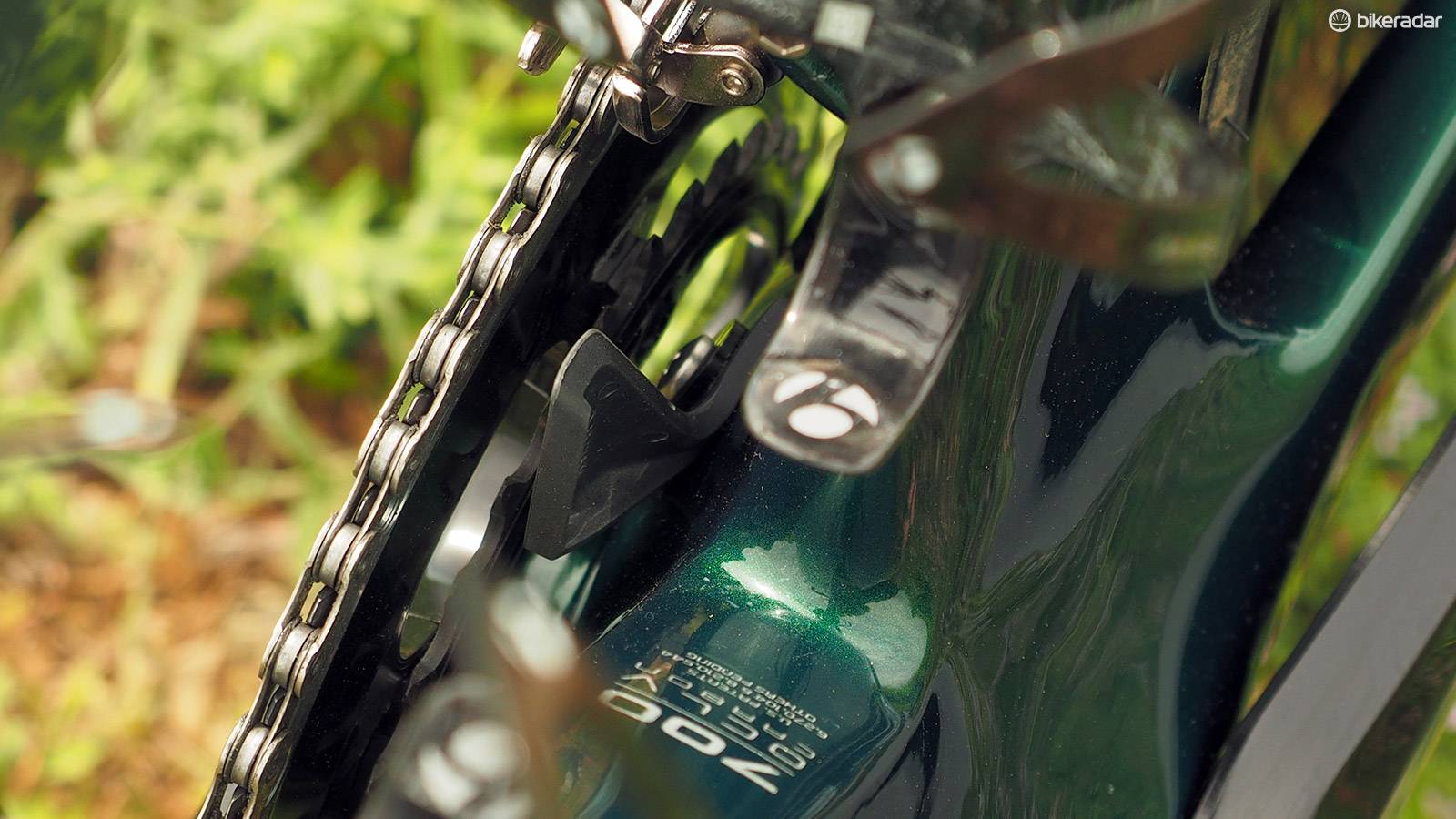
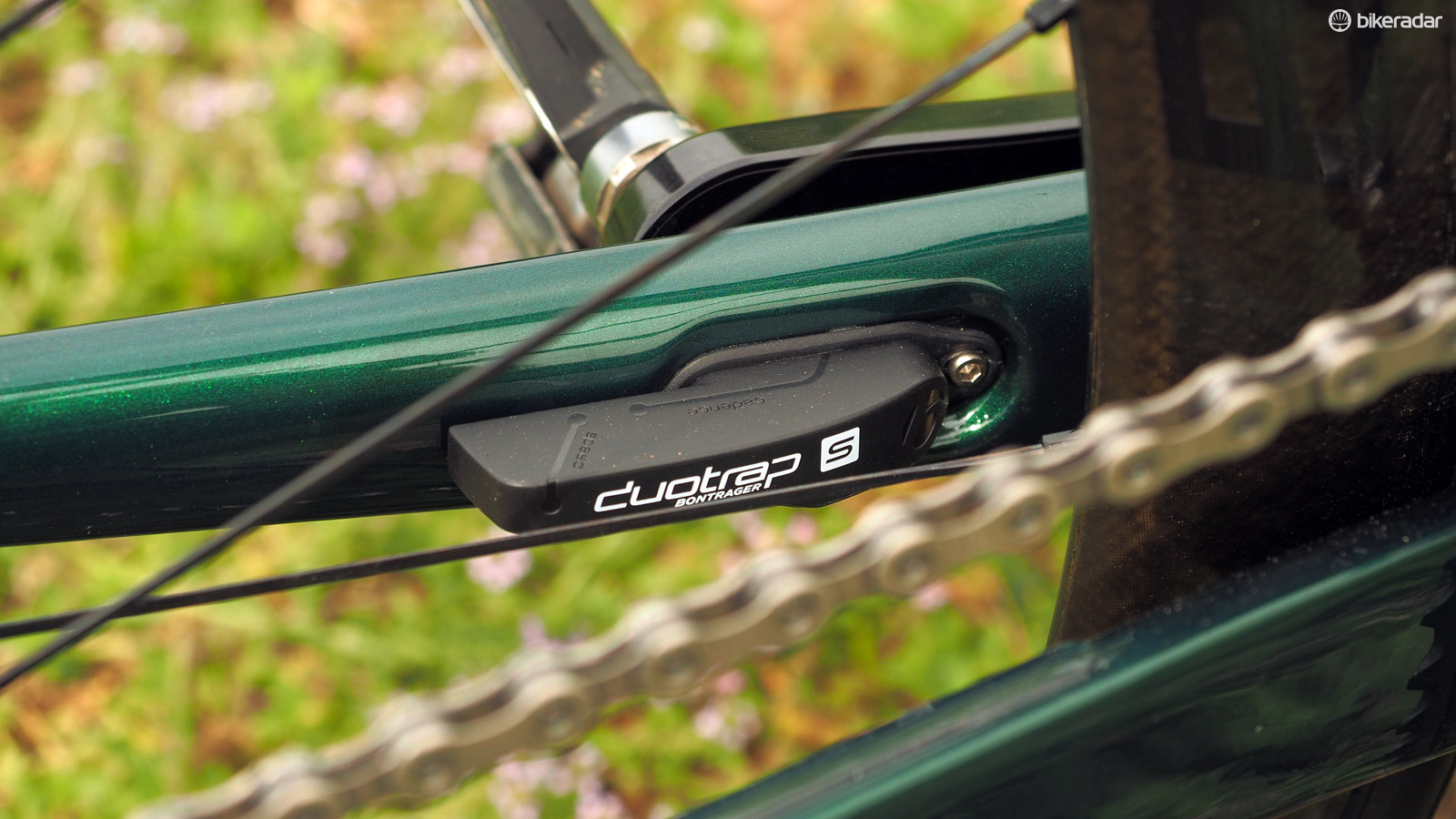
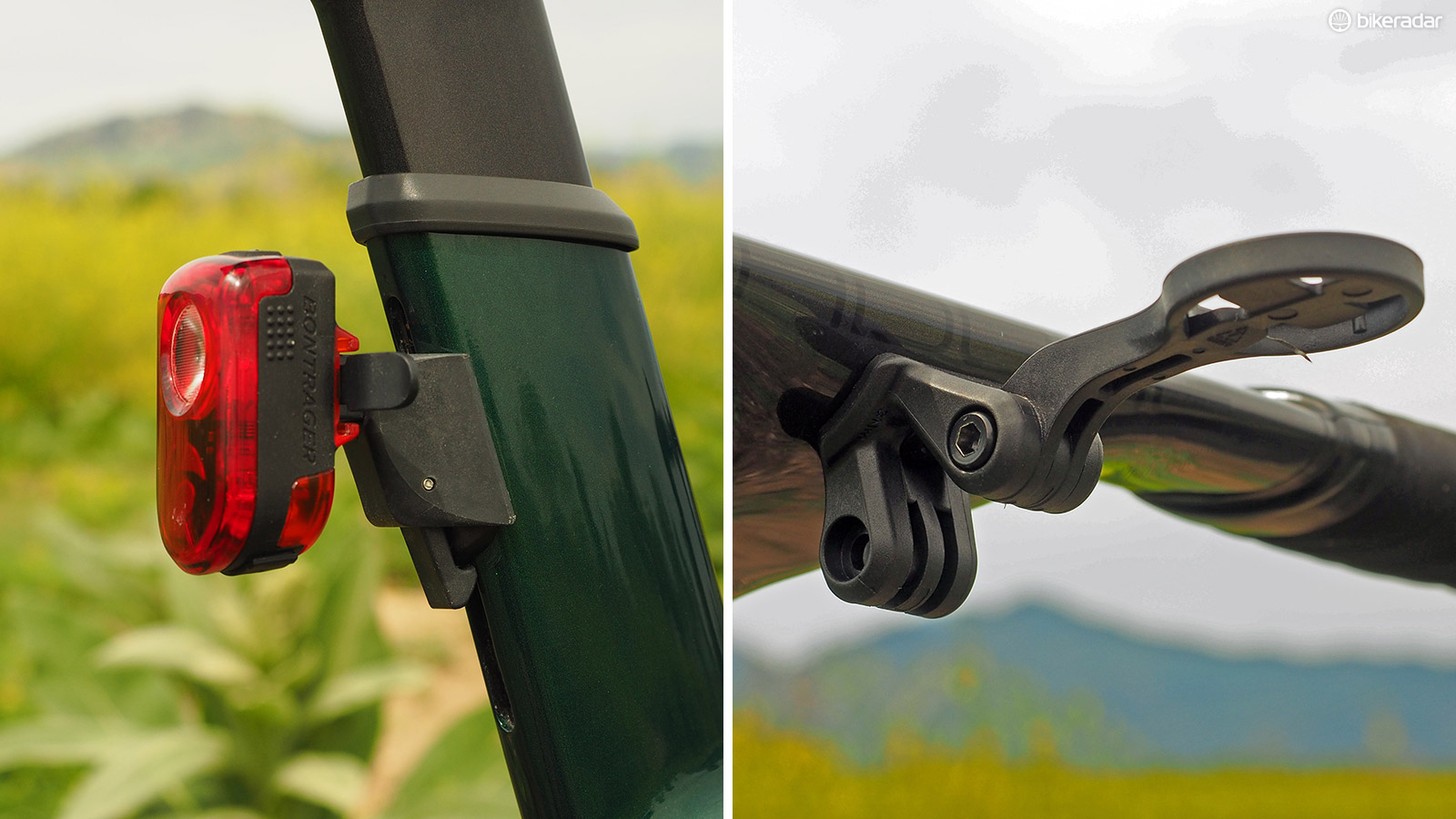





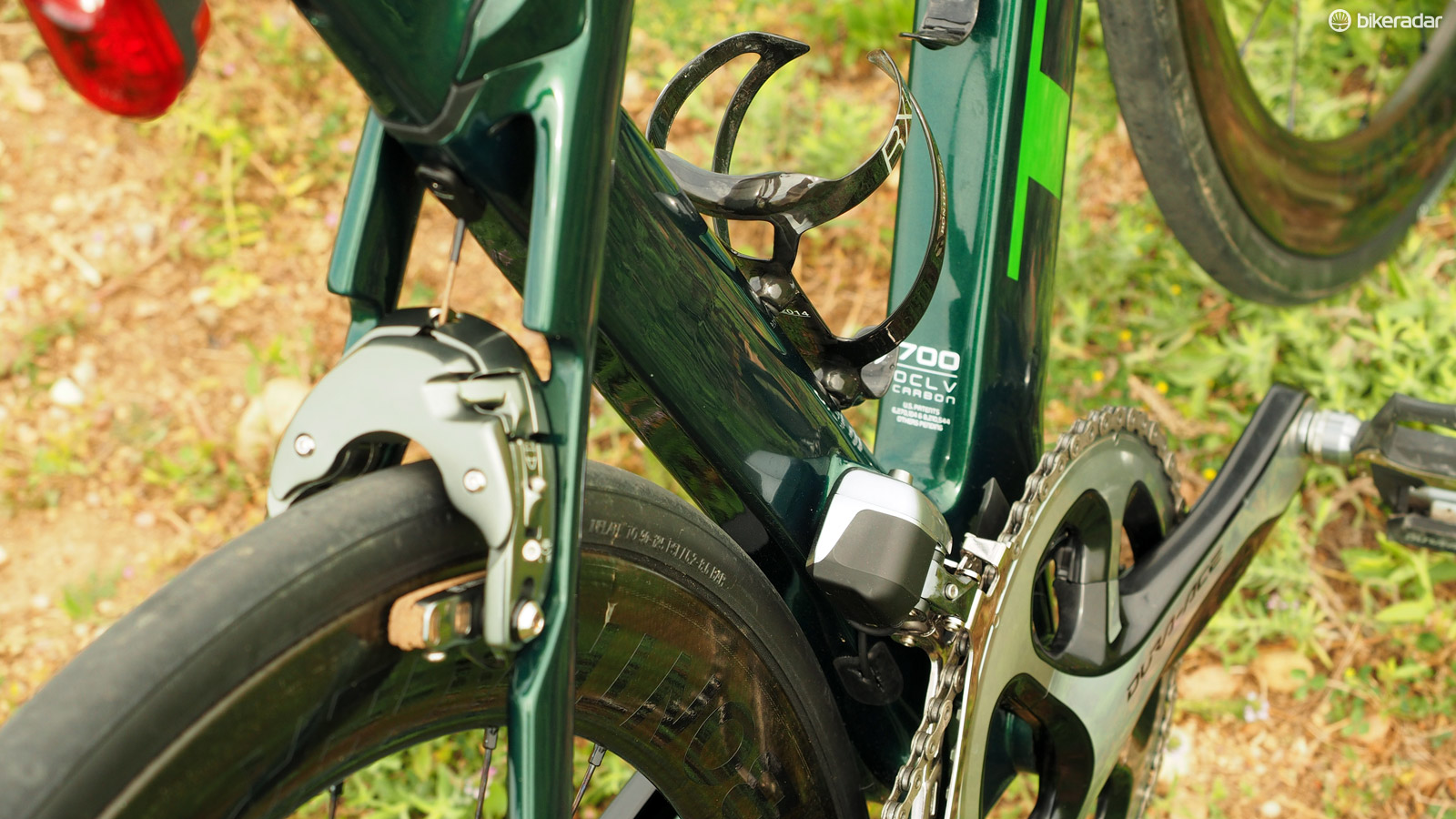
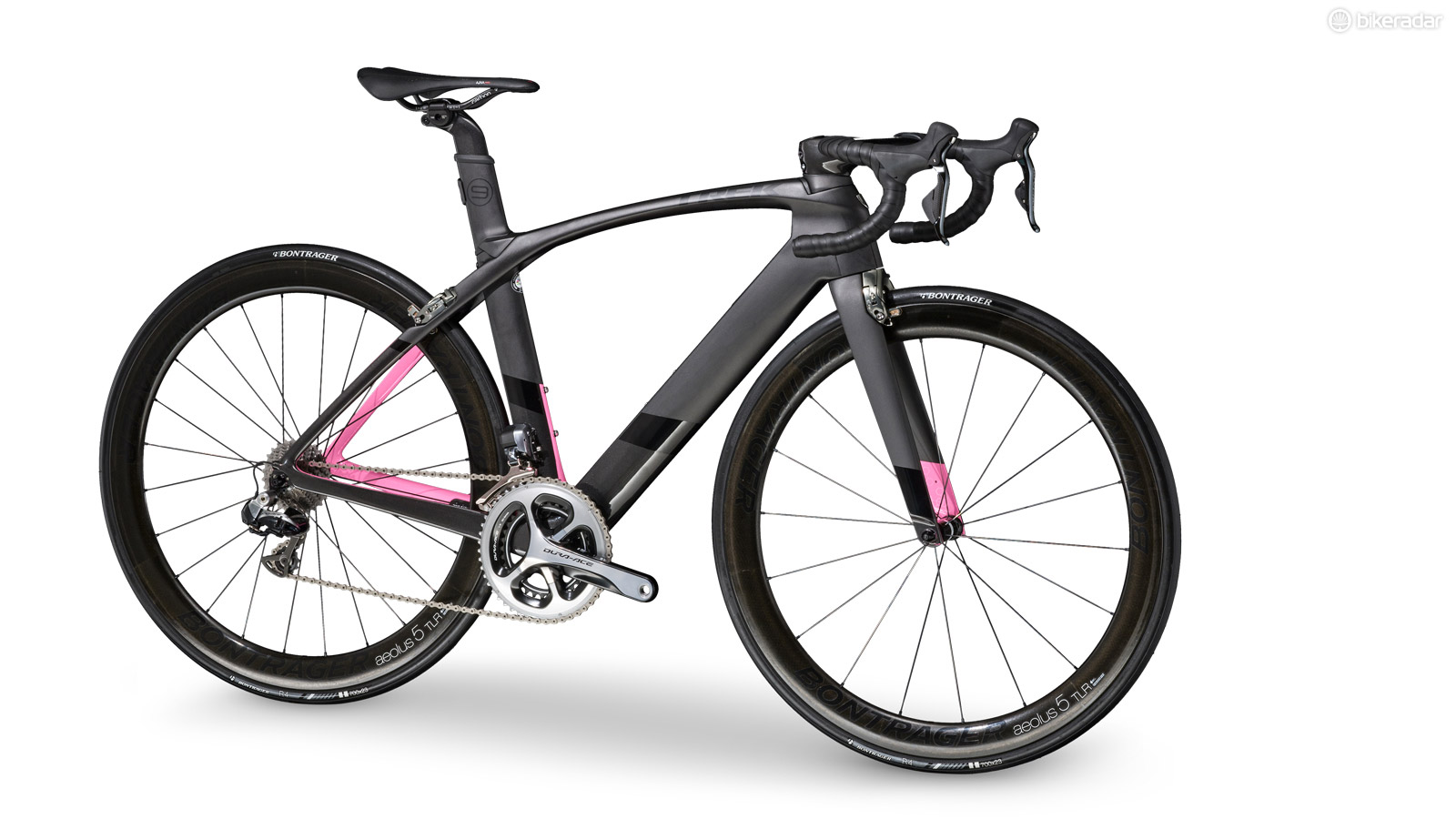
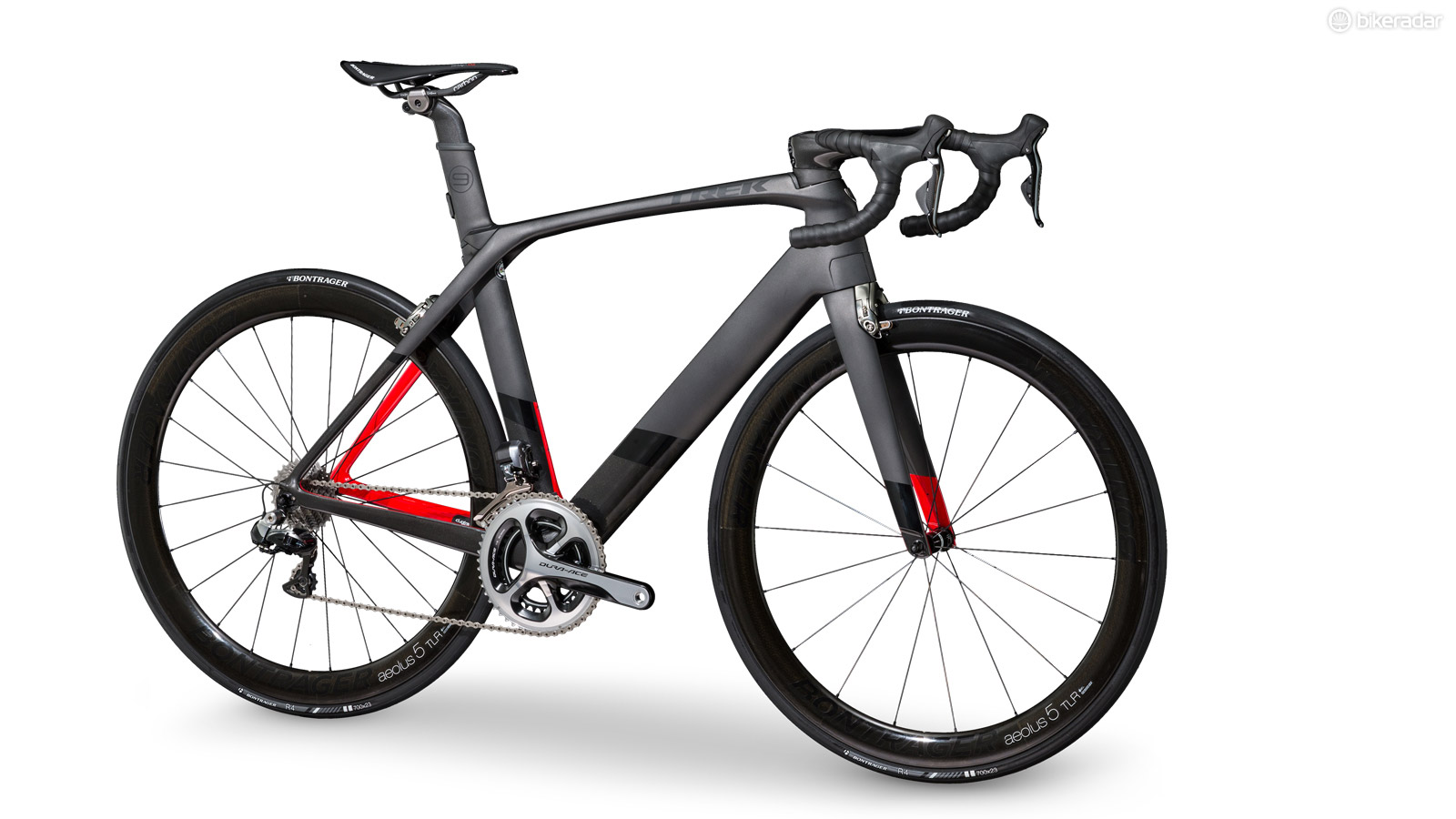
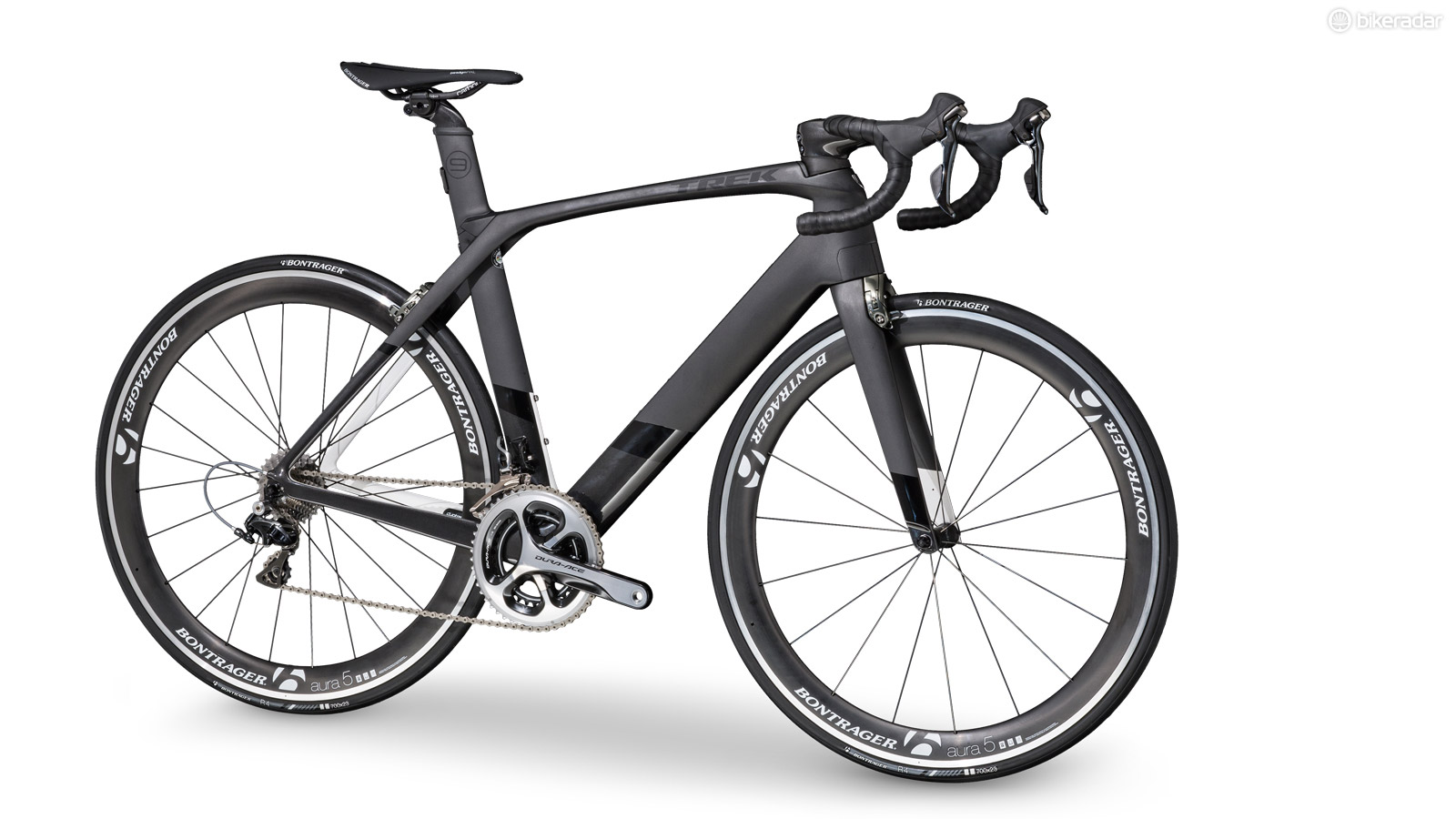
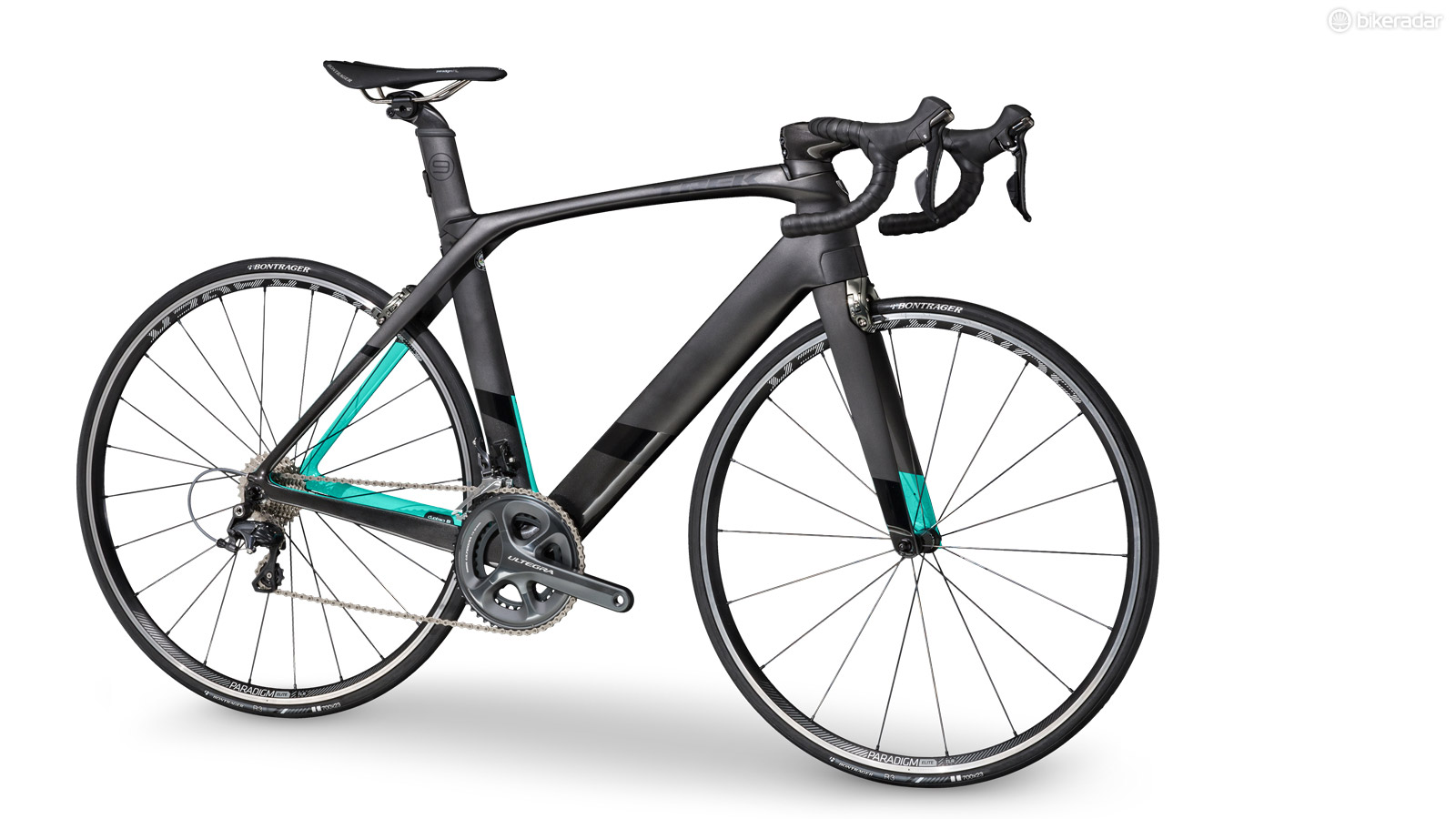
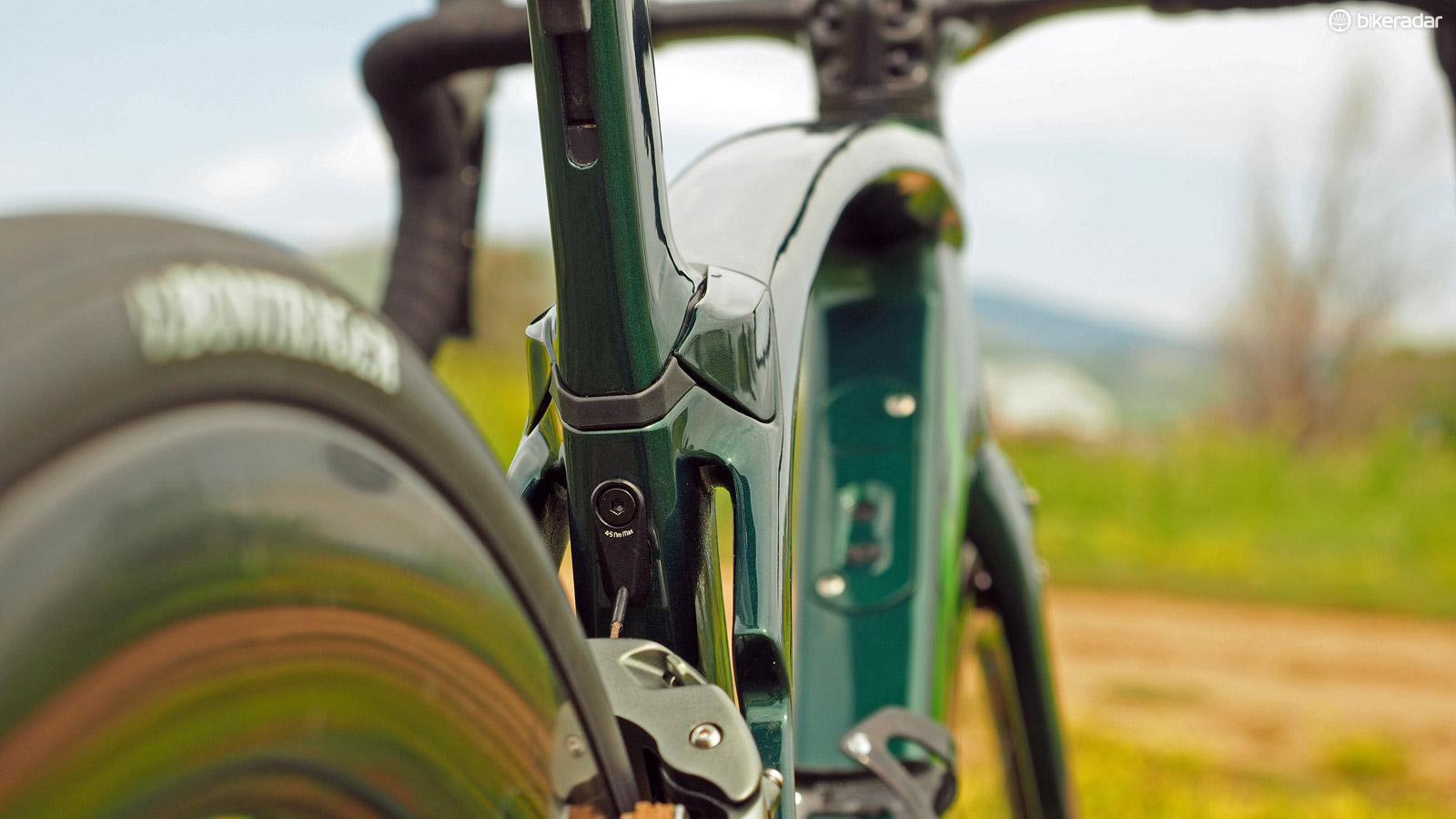
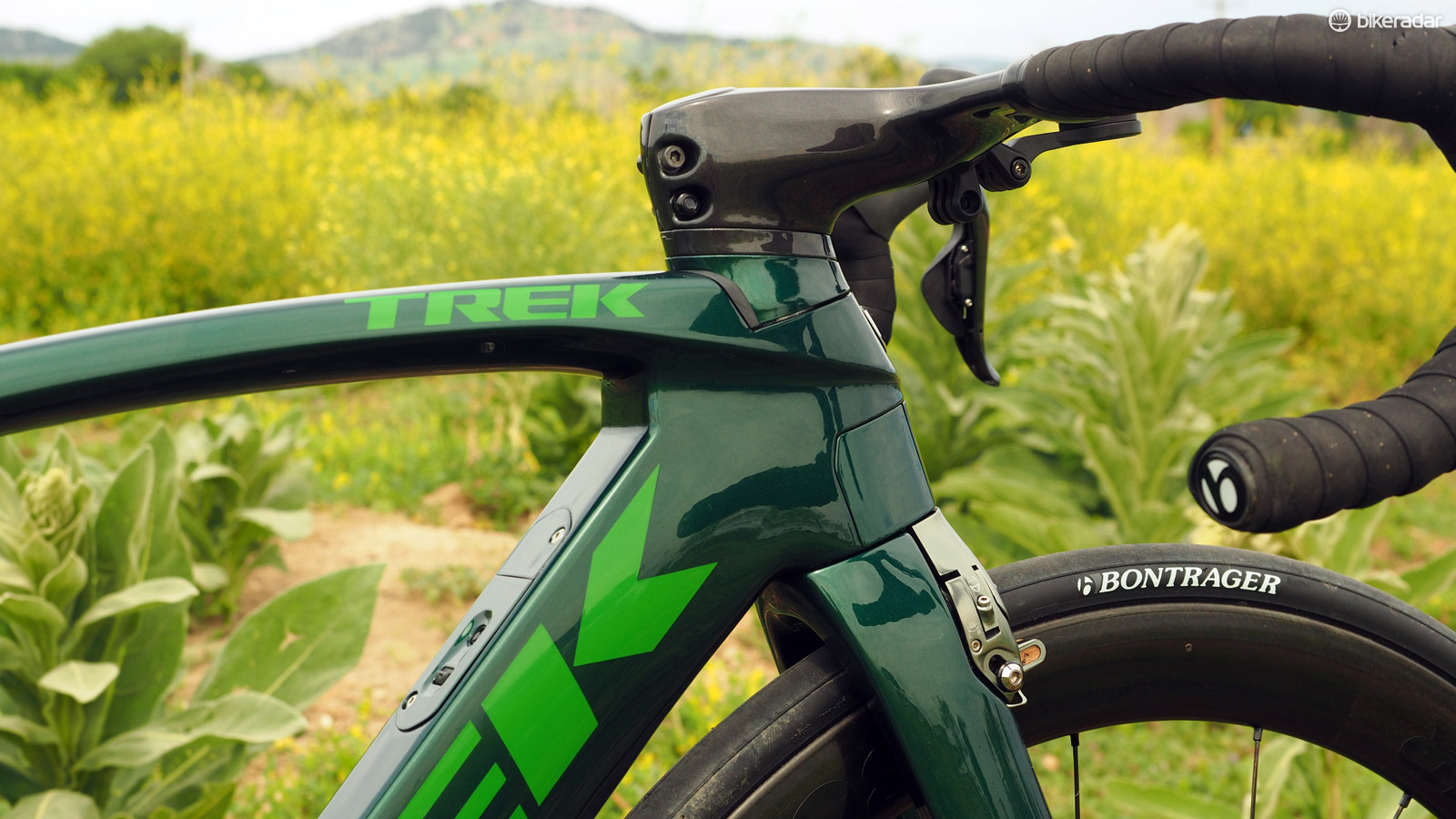
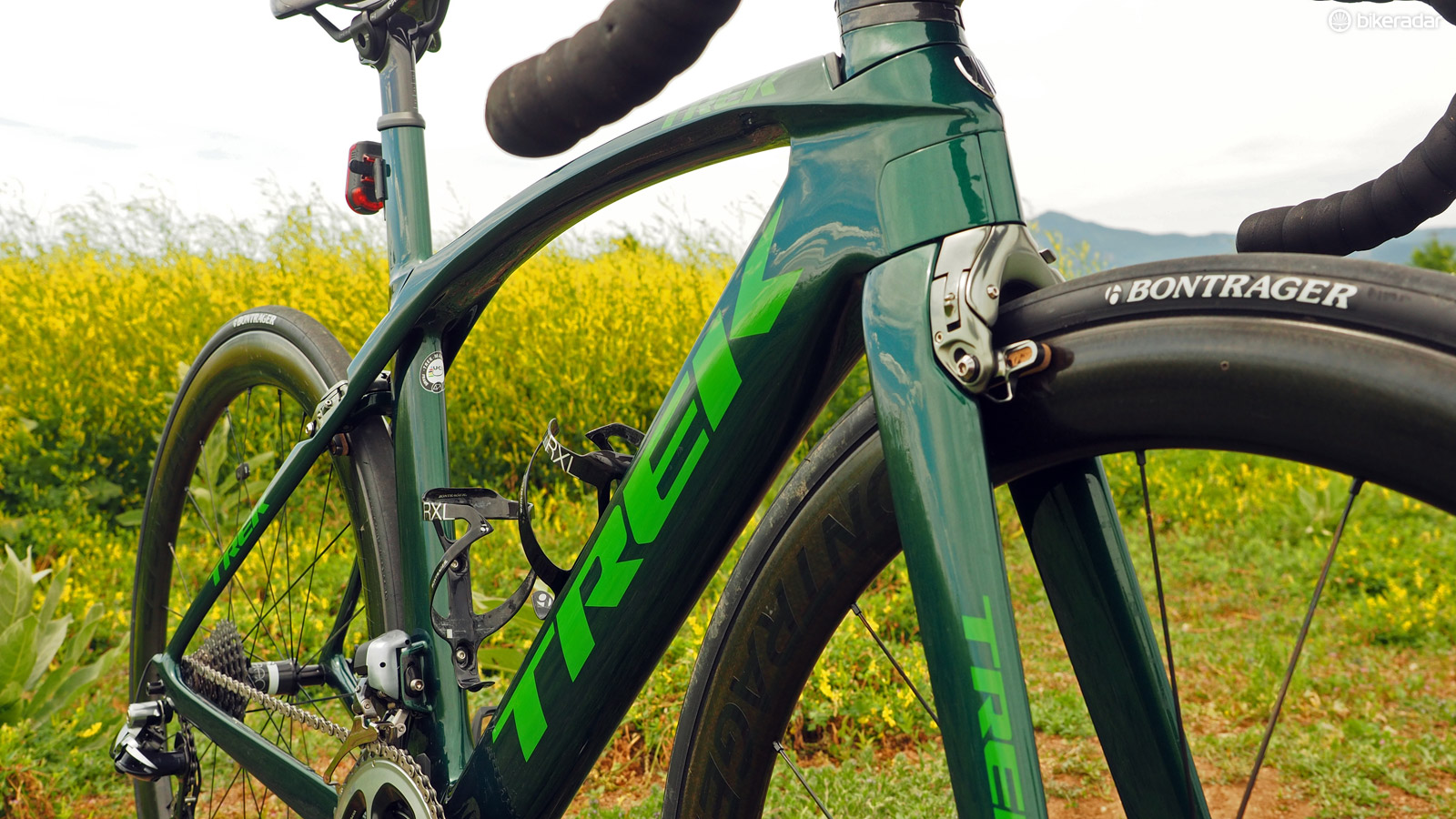
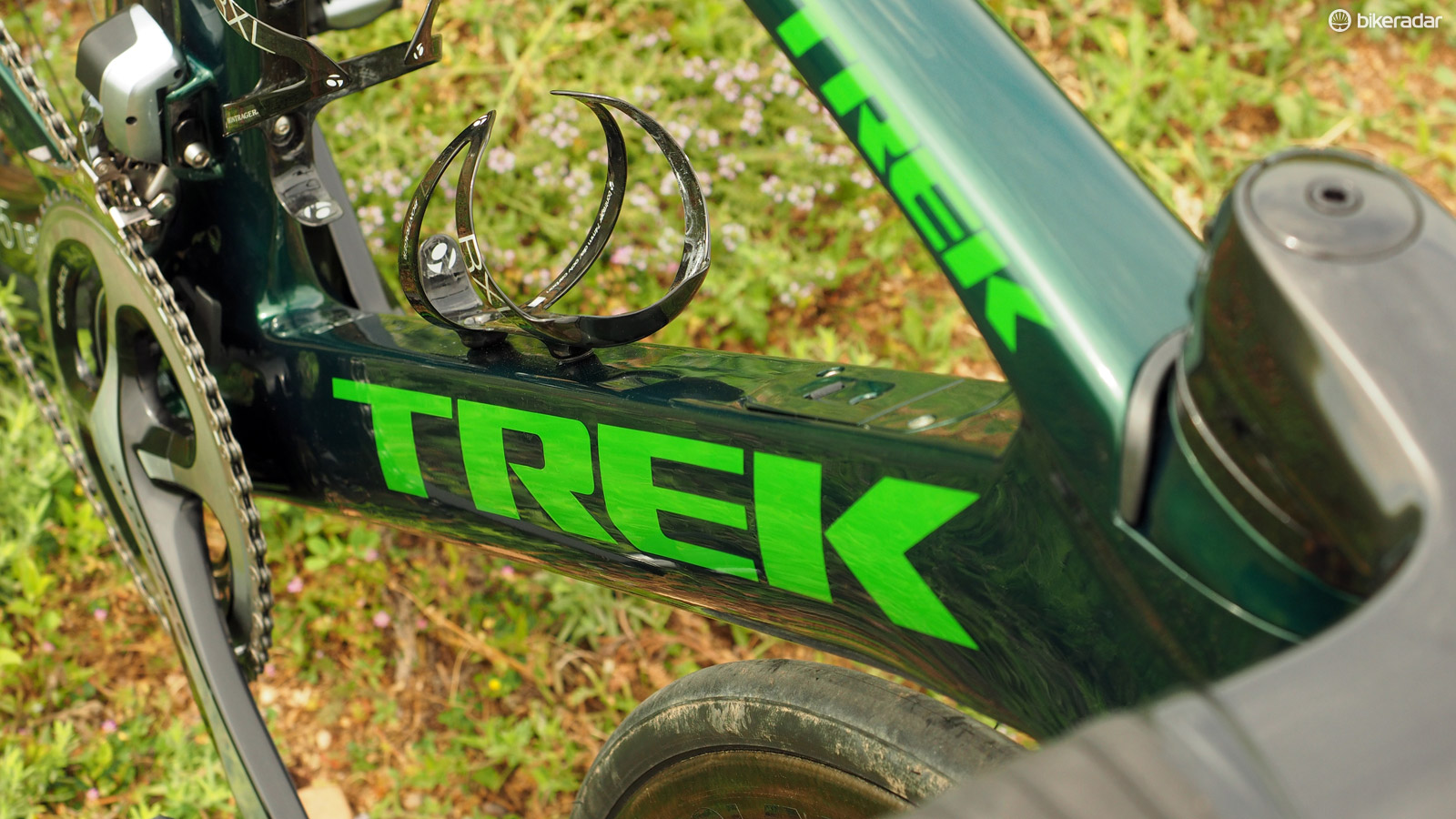
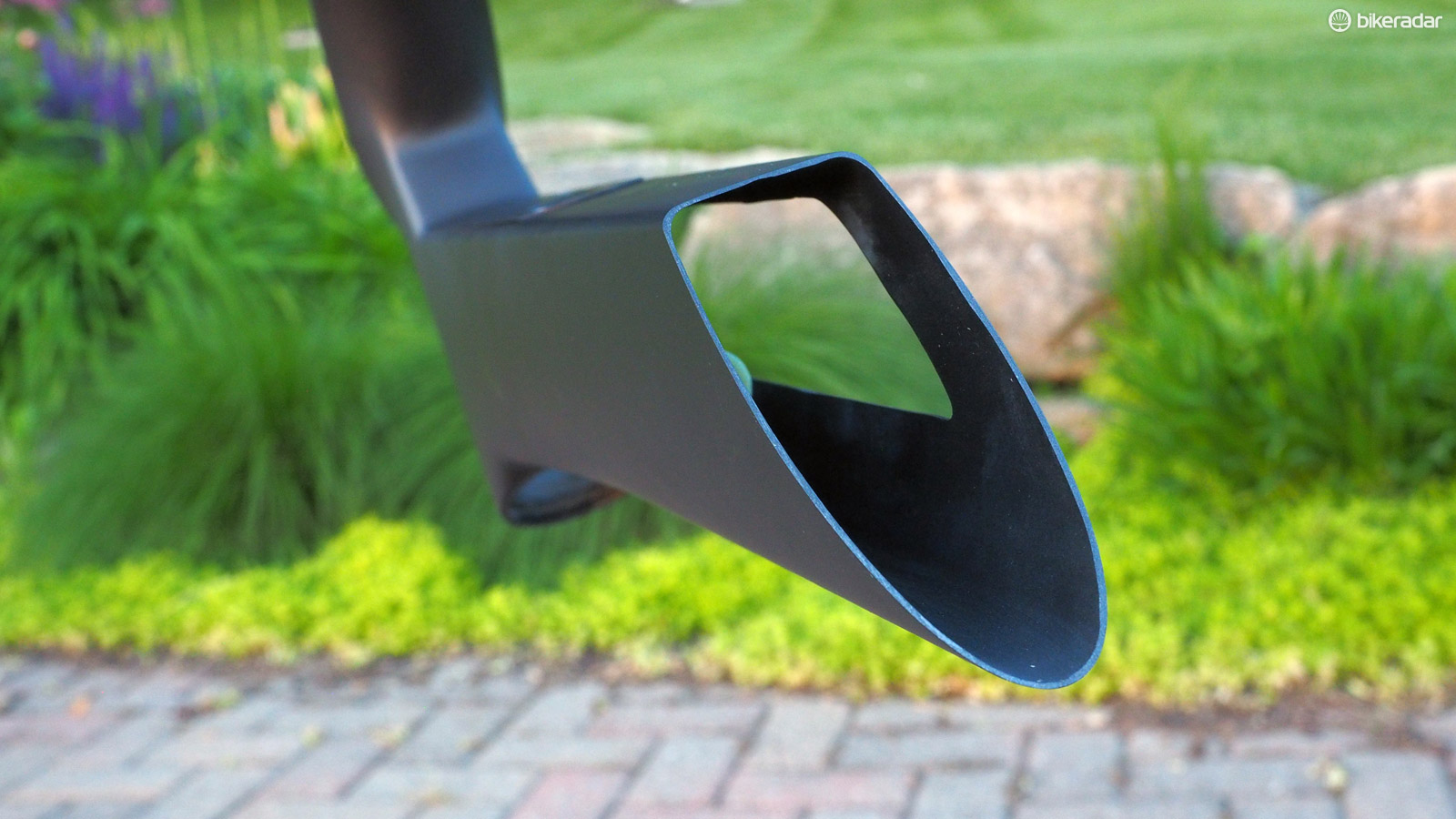

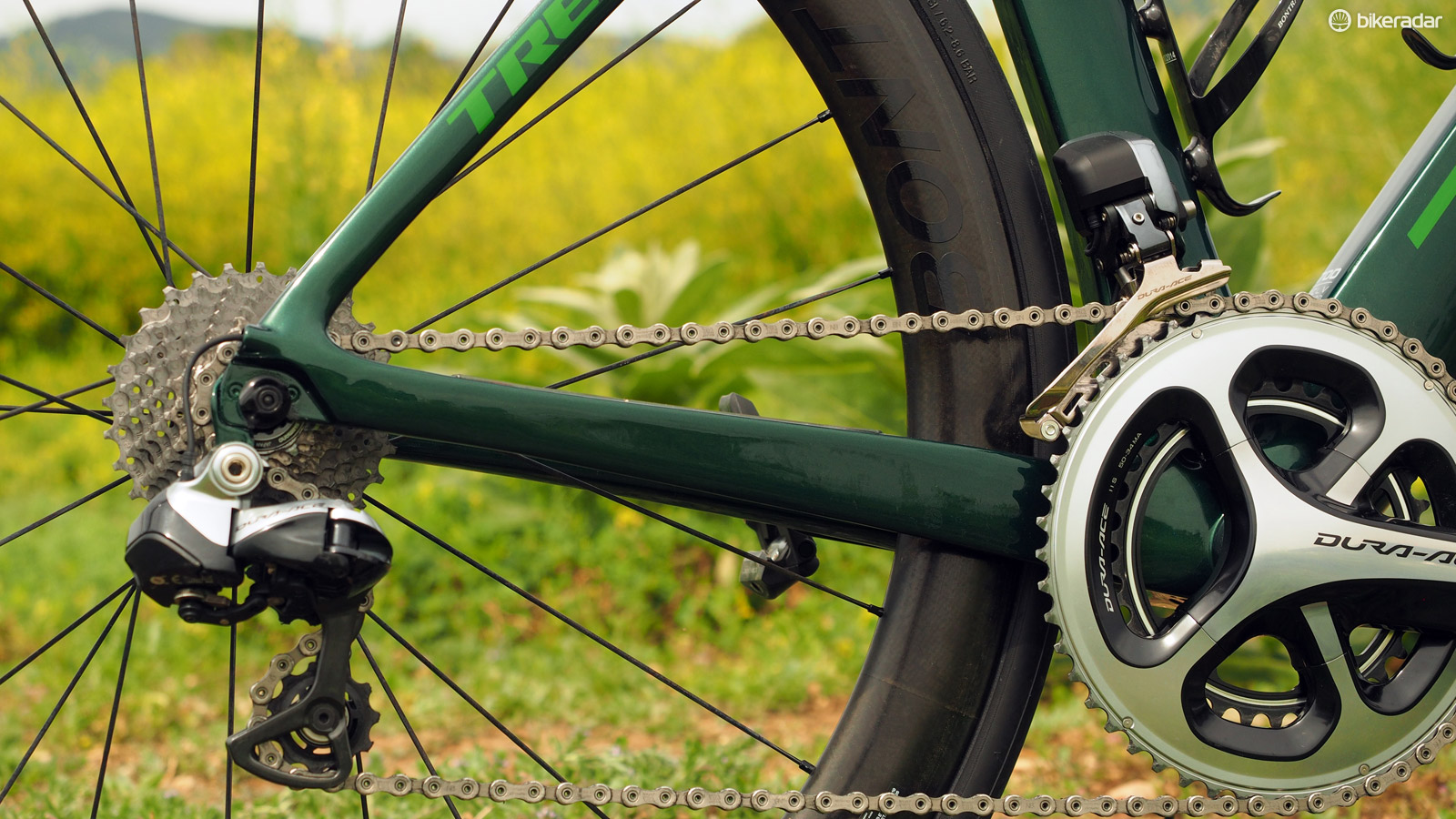

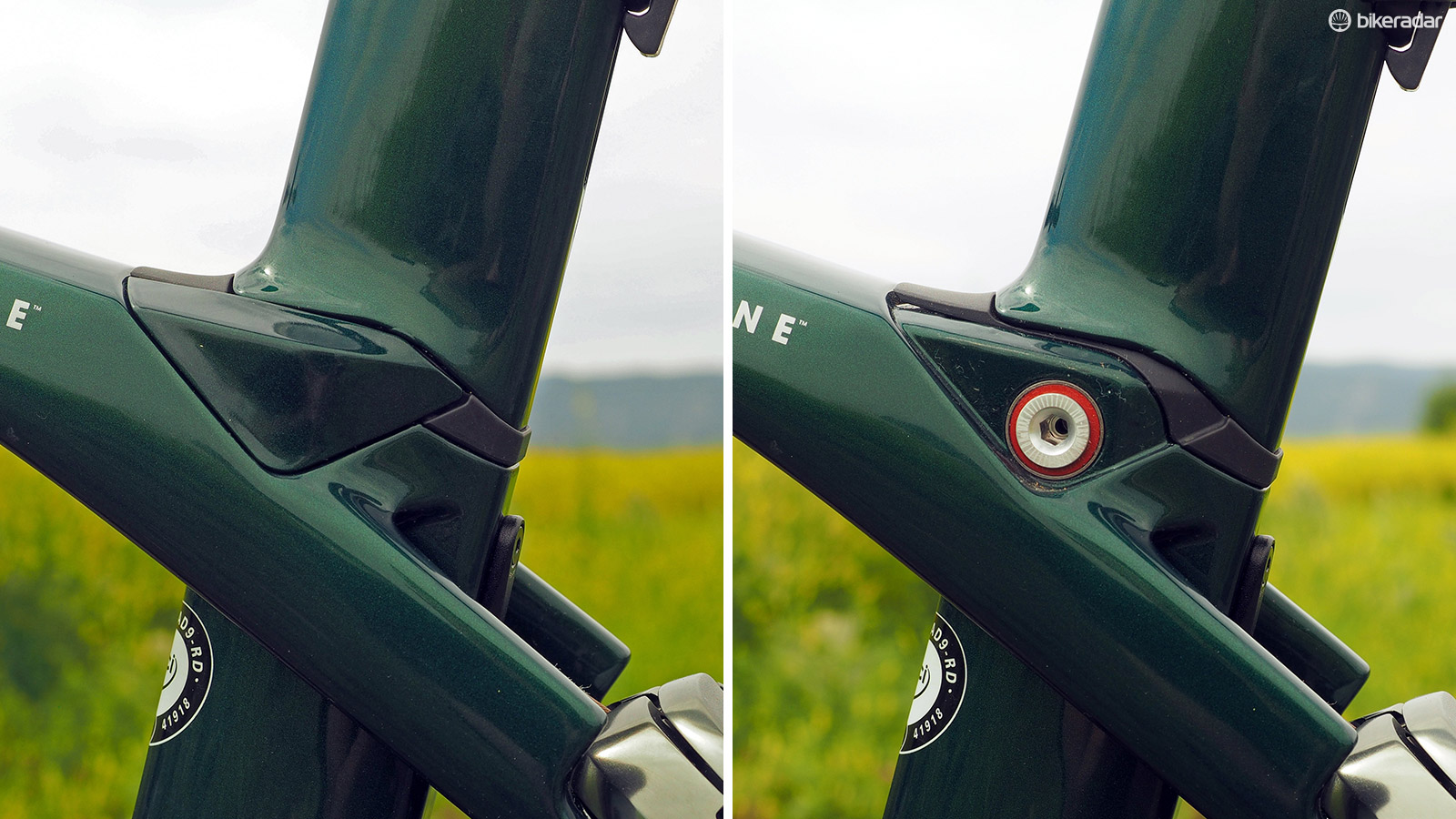
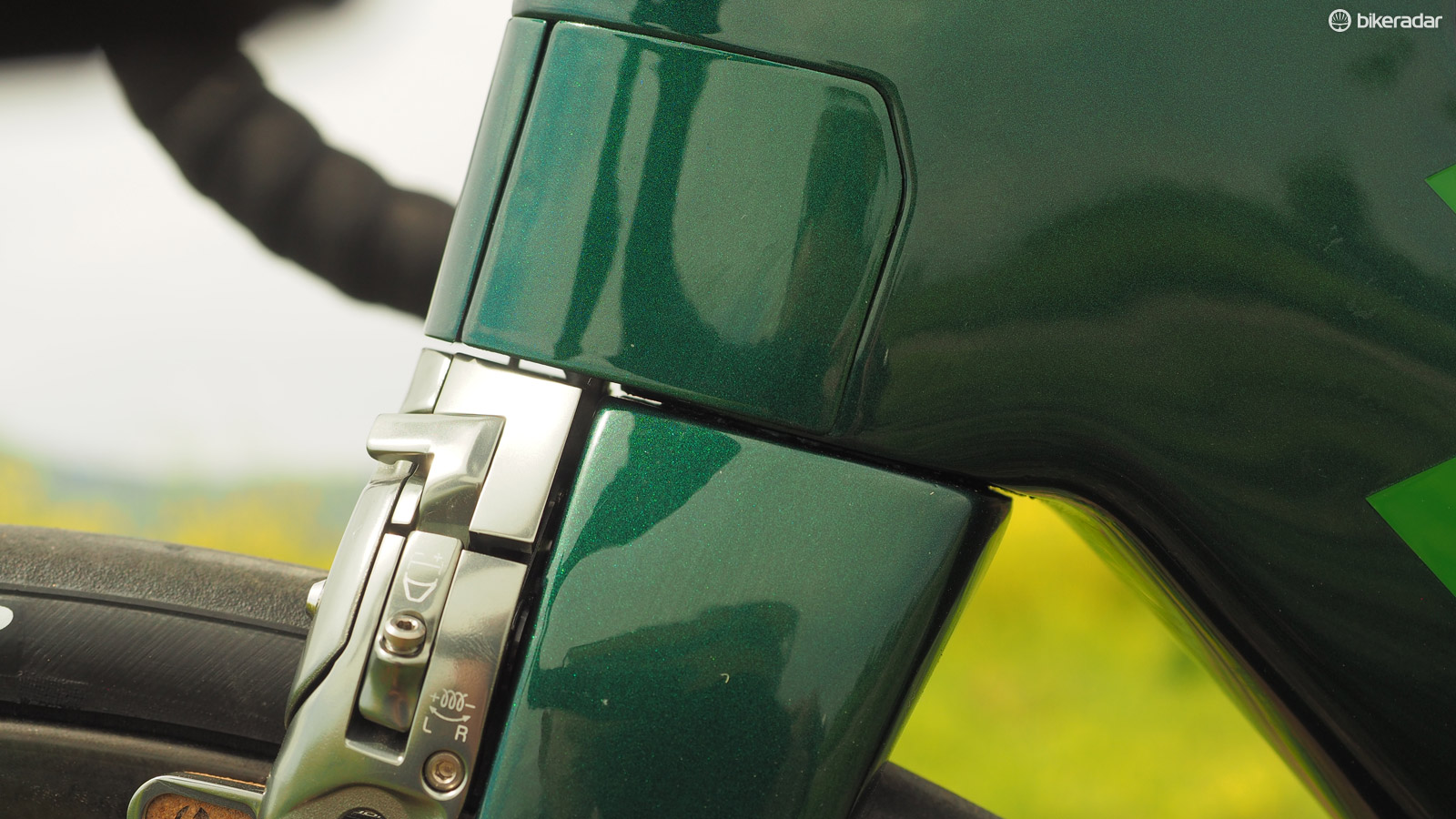
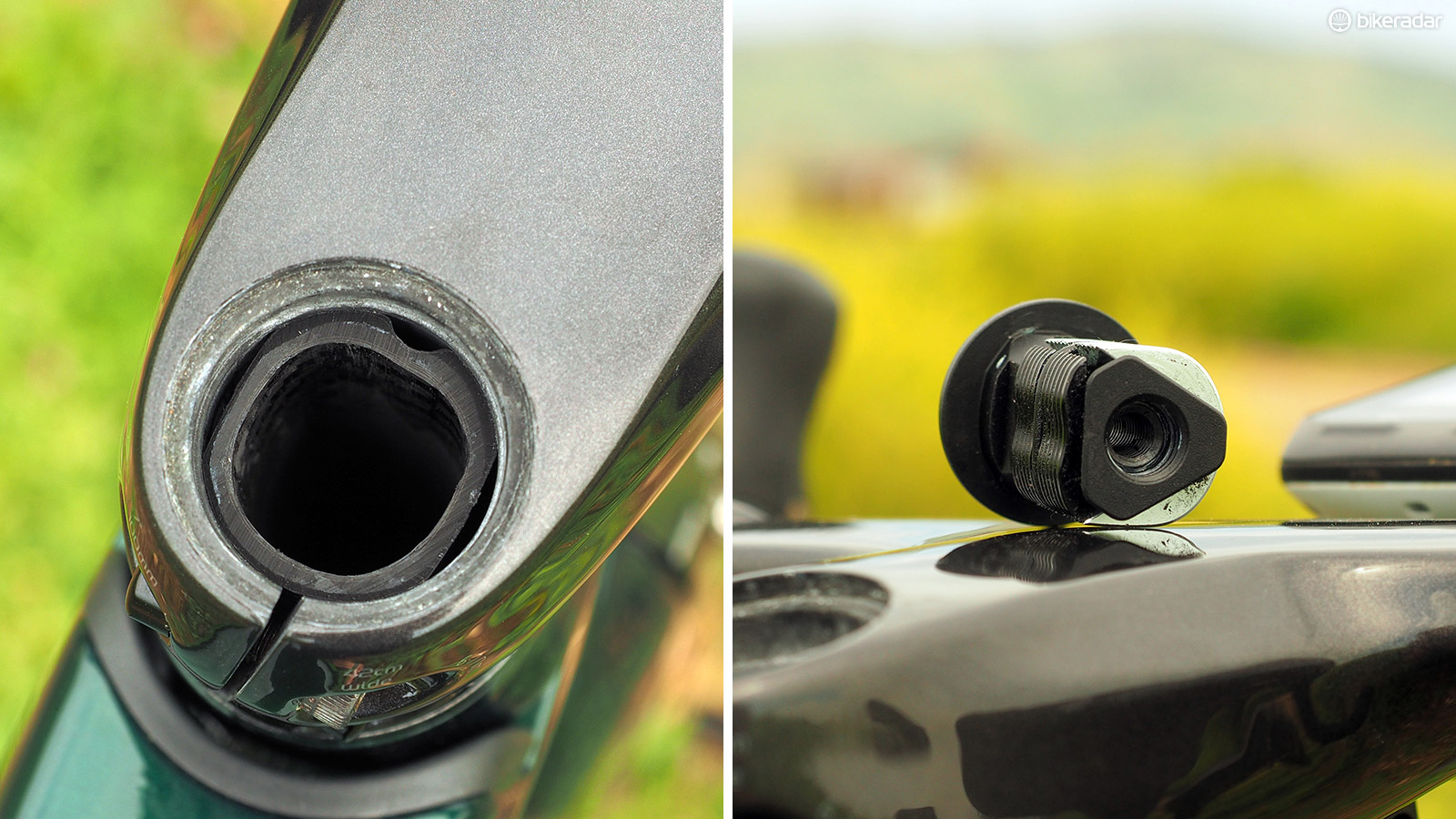
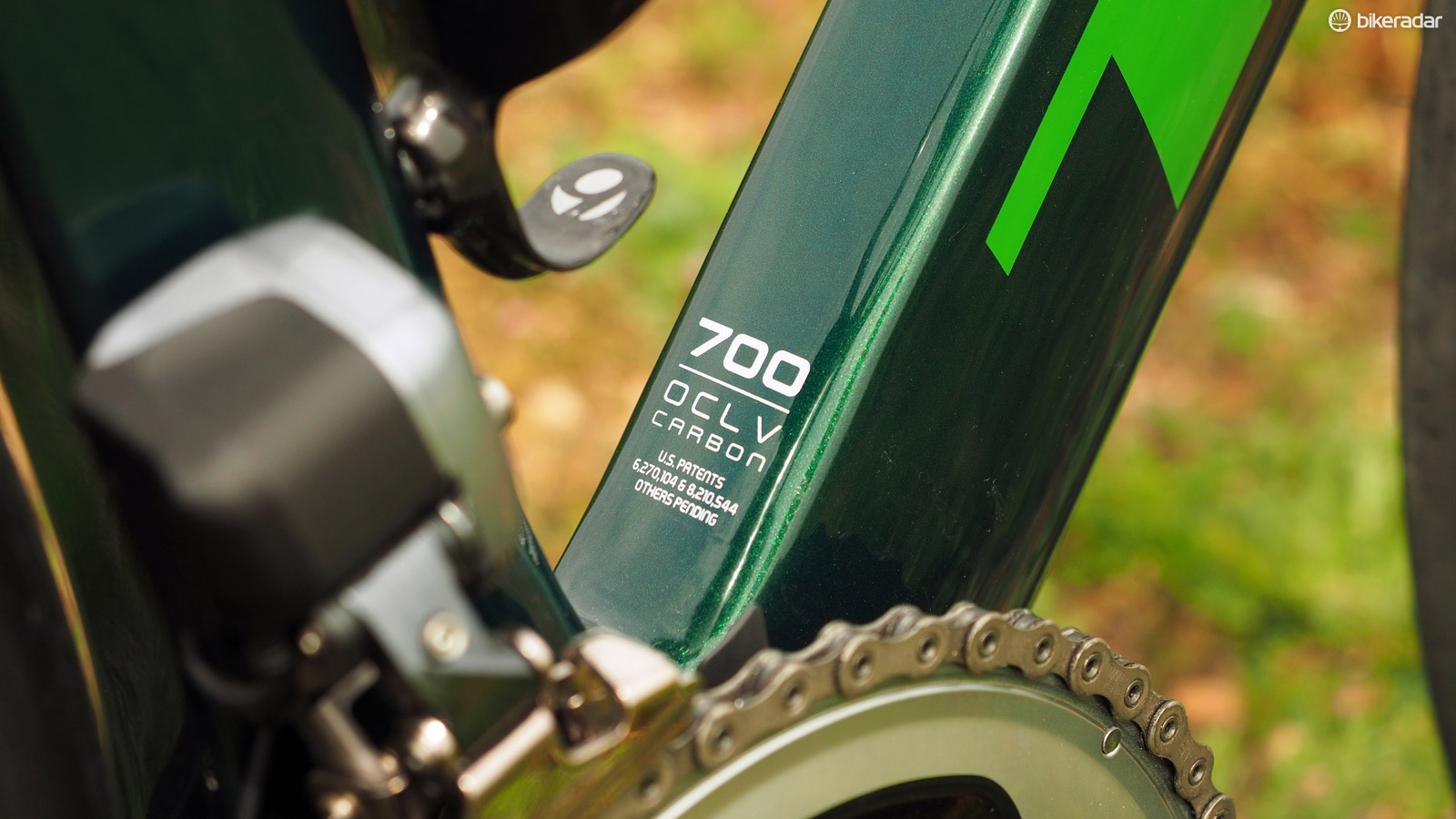
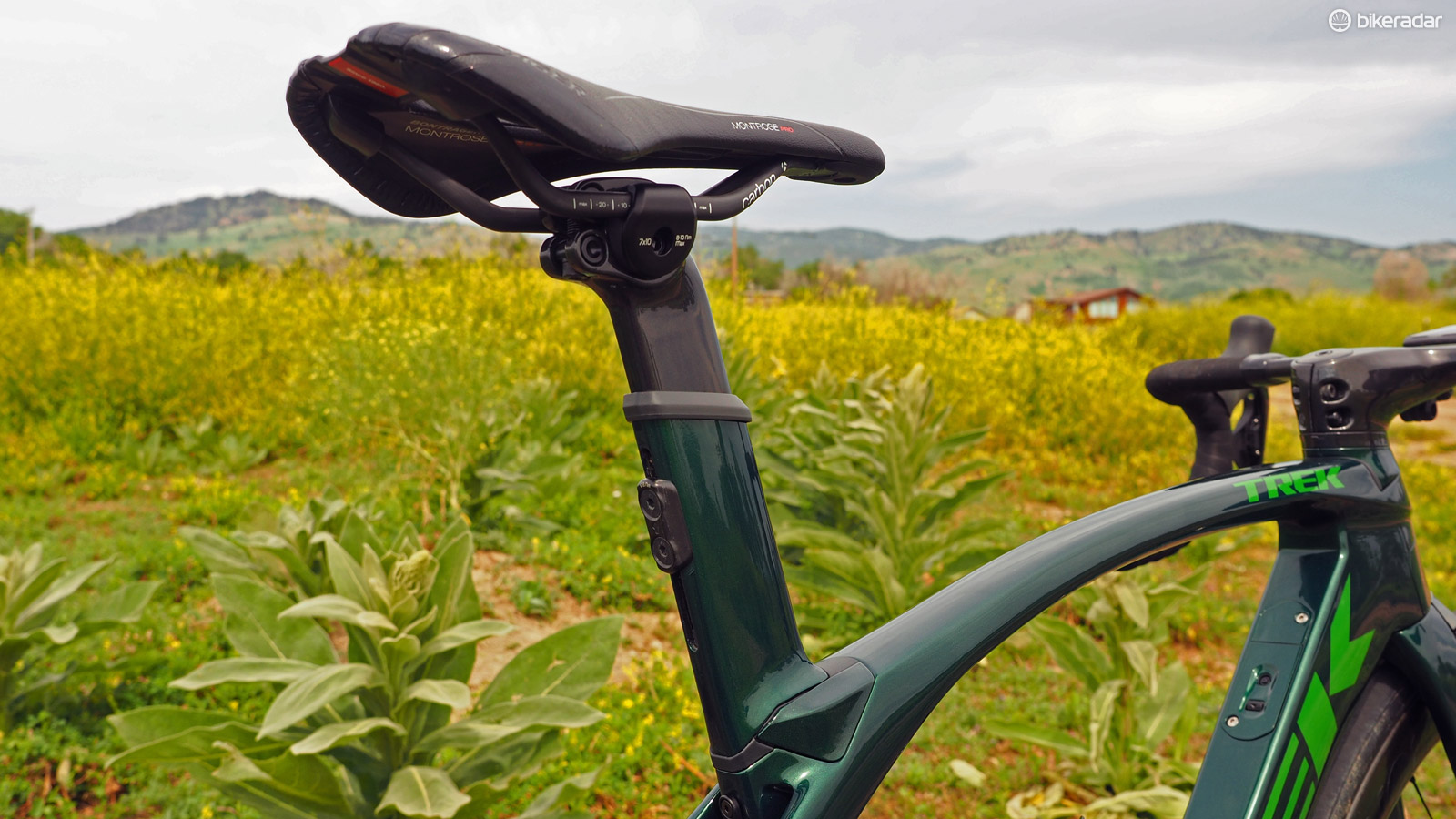
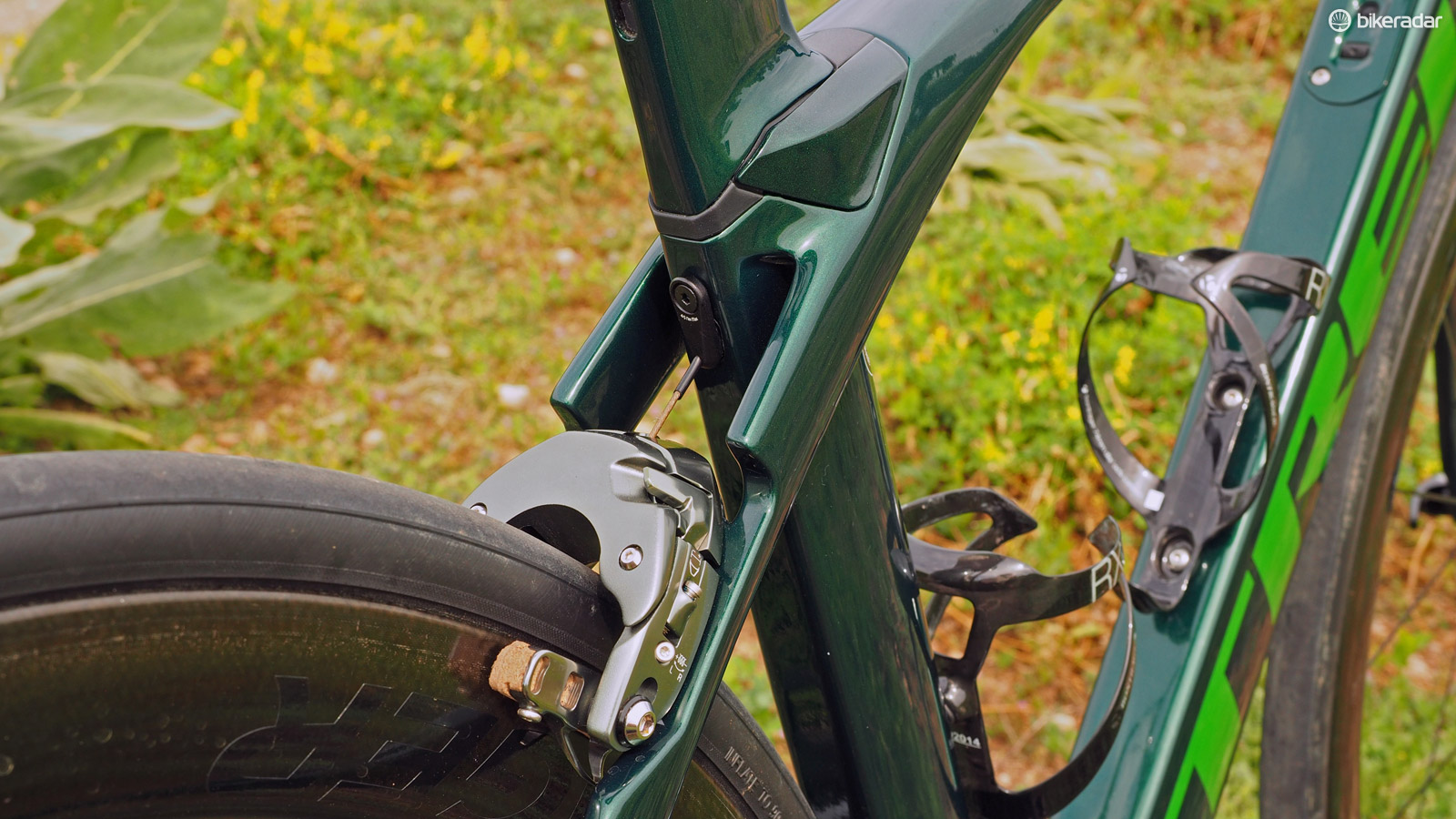
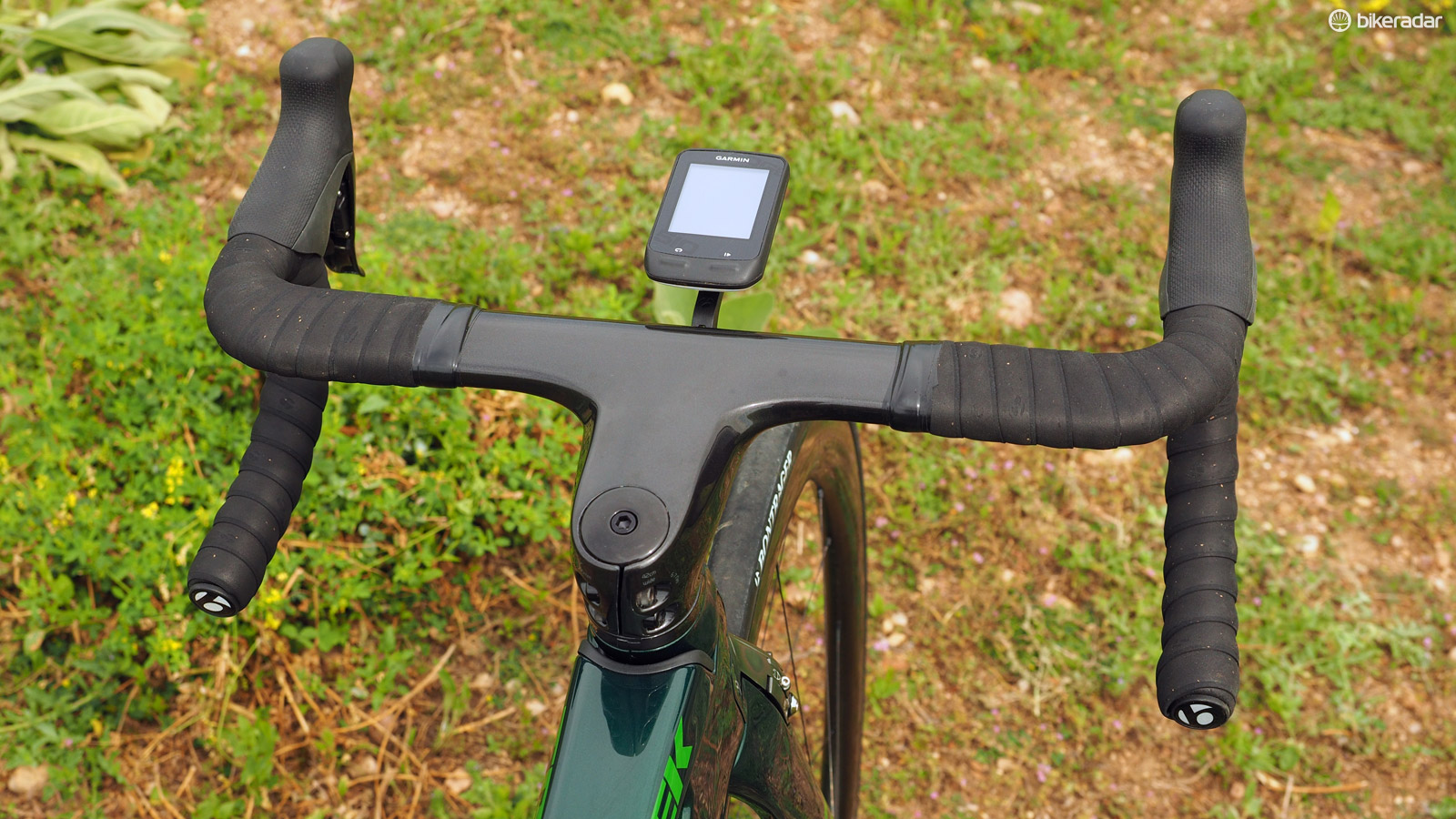
This article originally appeared on BikeRadar
Trek has launched a radical redesign of its iconic Madone platform, transforming it from a jack-of-all-trades road racer into the full-blown aero machine currently missing from the lineup. Dramatically more aggressively shaped than the existing 7 Series model it will be sold next to, Trek says the new Madone 9 Series by itself will save its rider more than two minutes per hour (or 19 watts of effort) as compared to a fully non-aero bike while still maintaining sub-1kg claimed frame weights and – quite remarkably – getting more comfortable, not less.
Click here to read a first ride review of the Trek Madone 9 Series.
Hyper-aero design with lots of integration
Central to the new Madone’s impressive wind tunnel claims is its ultra-slippery shape. Once again, Trek is using Kammtail Virtual Foil (KVF) tube cross-sections but they’re far deeper than before and look much more closely related to the company’s Speed Concept time trial machine than the current Madone 7 Series. The front end of the new bike is also strikingly sleeker than before, and whereas the Madone 7 Series uses a round extended seatmast, this new one maintains that aero profile throughout the entire length.
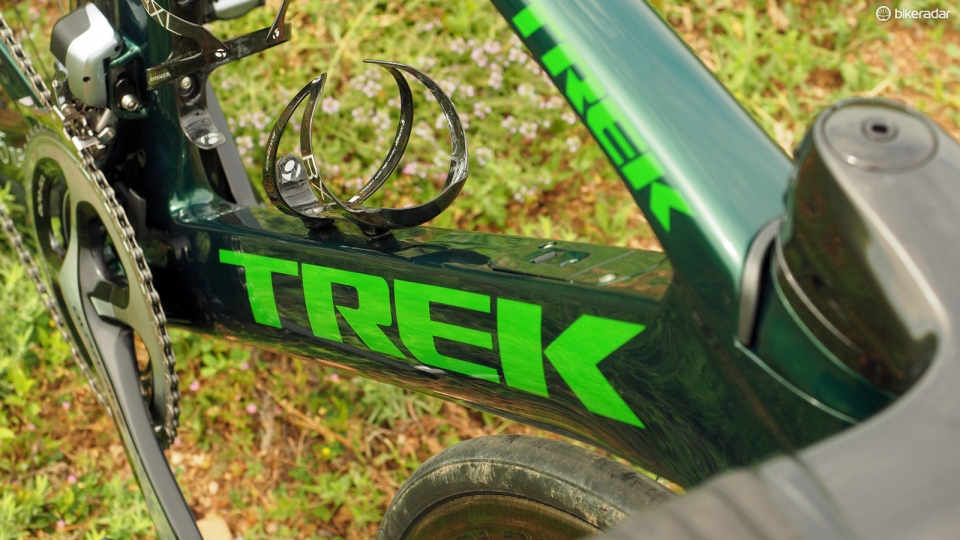
Trek's flat-back Kammtail Virtual Foil tube shapes carry over but with much deeper profiles than before
Trek says the Madone 9 Series’ aerodynamics were also specifically designed with water bottles in mind – something the old one was not.
The latest race content, interviews, features, reviews and expert buying guides, direct to your inbox!
Trek hasn’t just made the frame cut through the air, either; its designers have gone to great lengths to make sure many of the parts that are bolted on to it are equally aerodynamic.
Dedicated centerpull brakes are used front and rear, and the arms blend almost seamlessly with the rest of the surrounding structures. Trek’s KVF design theme carries over to the bespoke one-piece carbon fiber cockpit, too, and all of the cables and wires (plus any additional hardware for electronic drivetrains) are hidden completely inside the frame from tip to tail with just a short bit of wire (or housing) exposed at the rear derailleur.
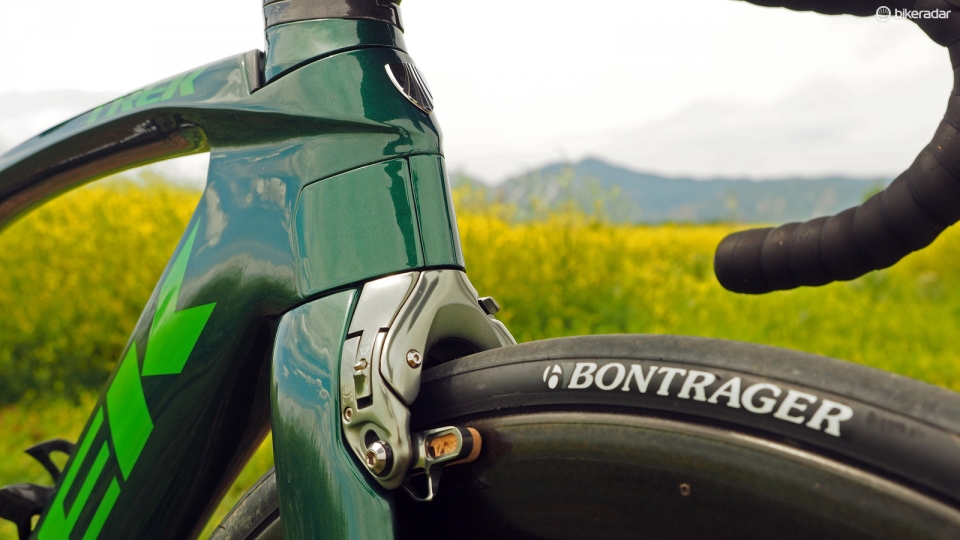
The dedicated centerpull brakes are ultra-sleek, and they work well
Taken in total, Trek claims that the new Madone performs better in the wind tunnel than the Felt AR2, Cervélo S5, and Giant Propel (the new Specialized Venge ViAS wasn’t yet available for comparison). As compared to the current pseudo-aero Madone, you're looking at up to a minute and half of time savings over 40km.
More aero but more comfort, too
Such aero benefits historically haven’t come without compromise – usually in the form of rider comfort, ease of service, or weight – but Trek even seems to have tackled those issues handily.
Most significant is the inclusion of Trek’s utterly brilliant IsoSpeed ‘decoupler’ – a mechanical pivot at the seat tube-top tube joint that allows the former to flex much more under impact than would normally be possible with a traditional fixed joint. Pivot or not, though, such a deep-profile tube still wouldn’t move very much so Trek has instead built the new Madone with a rather ingenious tube-within-a-tube design.
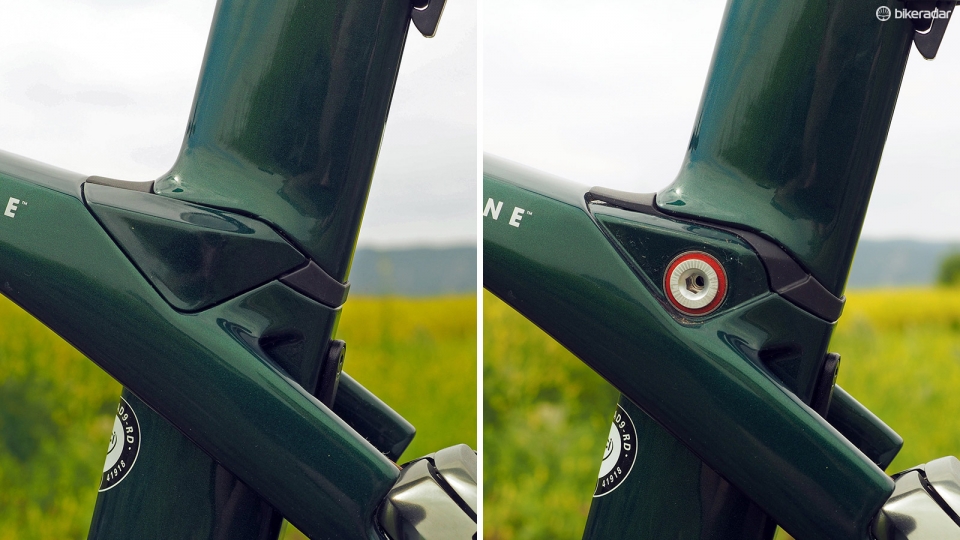
Trek's IsoSpeed 'decoupler' makes its first appearance on a Madone, and to great effect
Although the Madone 9 Series seat tube appears to be a single, aero-profile tube from top to bottom, it’s actually split into two overlapped sections. Below the seat cluster, the extended seat mast pares down into a much smaller-diameter, round section that is wholly hidden inside the outer aero shape – sort of like dropping a drinking straw down the middle of bigger, teardrop-shaped tube.
Trek says the stepped bottom bracket lug and two-stage bonding process for the twin seat tubes was quite the challenge but that won’t matter to anyone riding it. To them, all they’ll see is a single continuous aero shape on the outside; and what they’ll feel is an unusually comfortable ride.
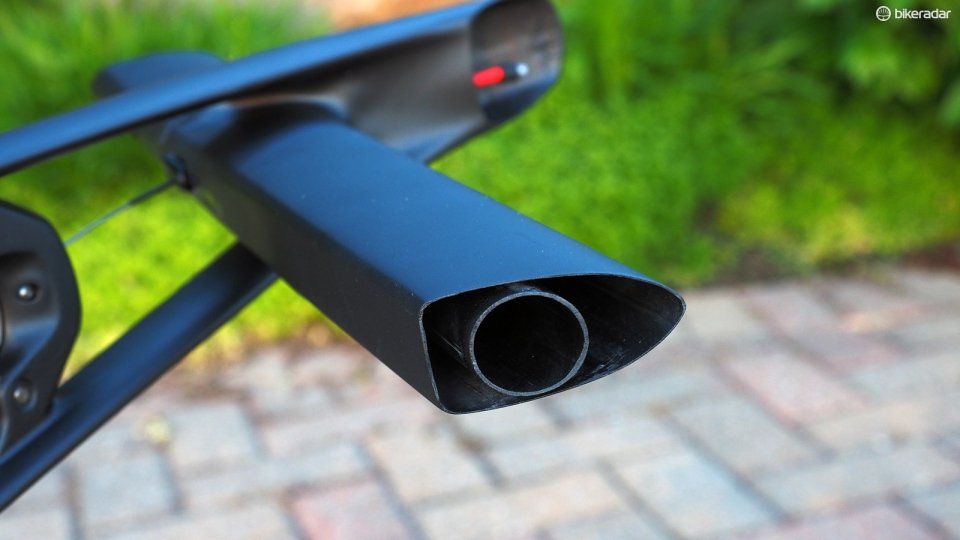
There isn't just one seat tube on the new Madone; there are two
It may sound gimmicky but as with other IsoSpeed-equipped Treks, it undoubtedly works. The tune is firmer than on the Domane endurance bike or Boone cyclocross racer but the Madone 9 Series is still curiously smooth on rough pavement with none of the chatter usually associated with aero road bikes. It’s also far more composed when you hit something legitimately big.
Despite the additional hidden seat tube and vast increase in surface area, claimed frame weight is still just 950g for a painted 56cm sample – about 100g more than a comparable Madone 7 Series. A complete bike with Shimano Dura-Ace Di2, Bontrager Aeolus 5 D3 TLR carbon clinchers, and a Bontrager carbon-railed saddle (but without pedals) tips the scales at 6.8kg (15.0lb) on the nose.
Integration but also serviceability
“Proprietary” is hardly a welcome word in the minds of many and the new Madone 9 Series has no shortage of bespoke bits. That said, they’re thankfully really good.
In particular, the brakes actually work well and return feedback-rich lever feel thanks to the excellent linkage geometry, fully boxed-in arms, and stout aluminium construction with cartridge bearing equipped pivots. Save for cable replacements, they’re also easy to work on with each arm boasting independent adjustments for position and spring tension. Quick-release levers are built in, too, and the rear brake has returned to its traditional position behind the seatstays where it’s more accessible and less apt to rub on the rim under hard pedaling.
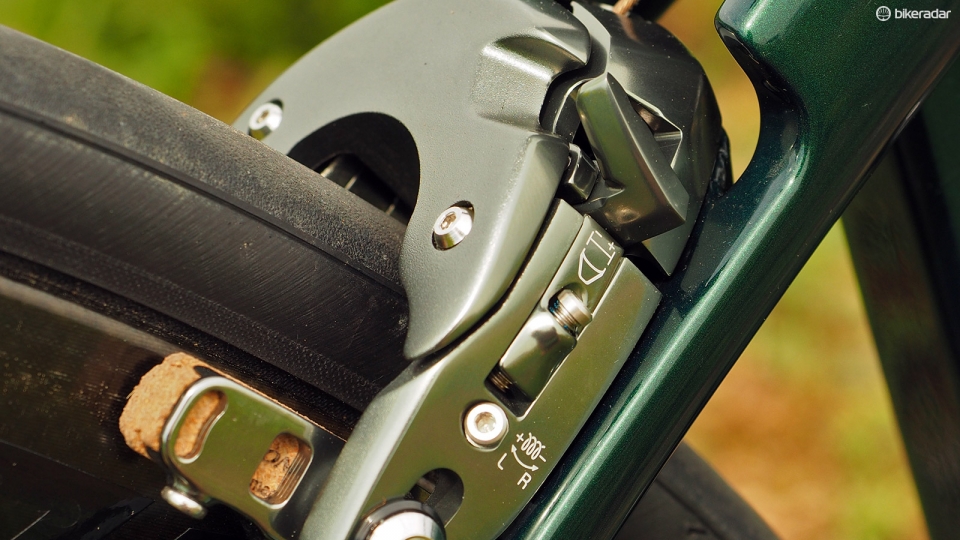
The proprietary brakes are very well done
As a bonus party trick, little spring-loaded doors on either side of the lower head tube will pop open and closed as needed to allow all of that center-pull hardware to fit inside such a relatively narrow head tube while still producing a tight turning radius.
Likewise, Trek will offer the carbon cockpit in 13 different sizes – all with Bontrager’s great ‘Variable Radius’ bend and tops you can actually hold on to – and the dedicated aero-profile seatpost is topped with a secure head that’s super easy to adjust.

The aero cockpit will be offered in 13 sizes
All of that proprietary handlebar and seatpost geometry unfortunately does preclude the use of most standard accessory attachments but Trek has that covered with custom ‘Blendr’ front and rear mounts for computers, action camera, and lights.
Even raising or lowering the cockpit will be relatively painless despite the fact that the cables and wires run through the bar and stem and down in between the steerer tube and upper headset bearing. The custom headset spacers use a smart split design, meaning you can add and remove them as needed without having to completely redo the cabling.
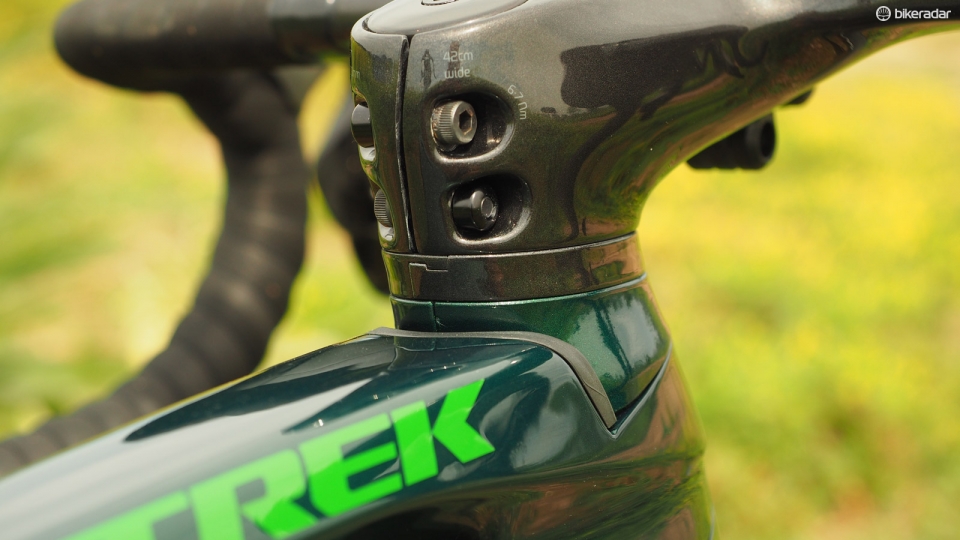
Split headset spacers allow the bars to be raised or lowered without undoing all of the internally routed cables
Replacing those cables, however, will certainly be more taxing than on a bike with more traditionally routed setup but Trek has at least already drafted very detailed service documentation to guide mechanics through the process.
Other long-standing Trek road frame features carry through as usual, including the E2 1 1/8-to-1 1/2in tapered steerer tube, the extra-wide BB90 bottom bracket shell with direct press-fit cartridge bearings, and built-in chain keeper. The new Madone will also continue Trek’s tradition of offering multiple frame fits, including the aggressively low H1 geometry, the slightly taller H2, and the women-specific WSD with a taller stack and shorter reach.

Madones with the most aggressive H1 geometry will be made of Trek's top-end OCLV 700-Series carbon in the US; others are made of 600-Series overseas
Trek says standard Madone 9 Series models will be available in at dealers immediately with Project One custom options to follow soon. Models, pricing, and brief component highlights are as follows:
Trek Madone 9-Series Race Shop Limited: US$13,650 / £9,750 / €13,000-13,400 / AU$16,000
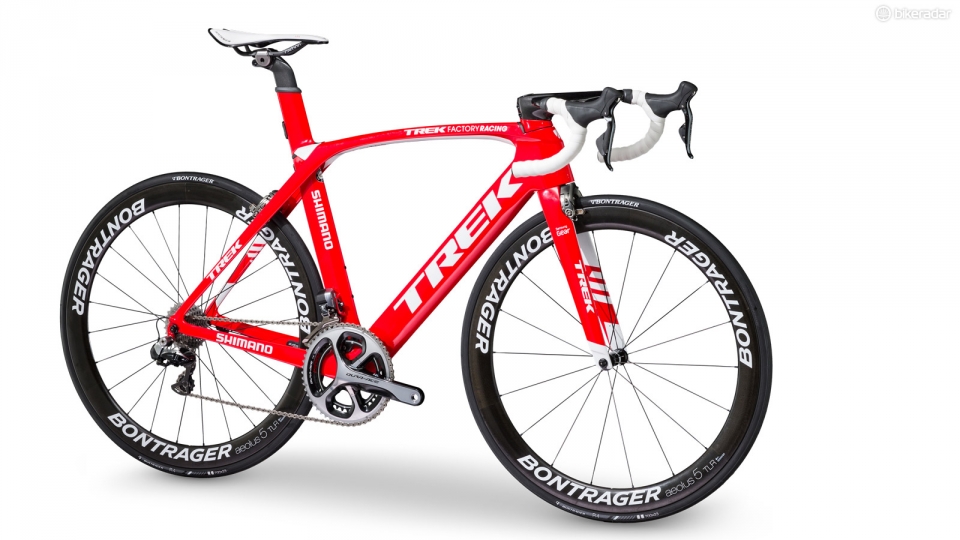
- H1 geometry
- 700-Series OCLV Carbon
- Shimano Dura-Ace Di2 9070 drivetrain
- Bontrager Aeolus 5 D3 TLR wheels
Trek Madone 9.9: US$12,600 / £9,000 / €12,000-12,300 / AU$14,000

- H2 geometry
- 600-Series OCLV Carbon
- Shimano Dura-Ace Di2 9070 drivetrain
- Bontrager Aeolus 5 D3 TLR wheels
Trek Madone 9.9 Women's: US$12,600 / £9,000 / €12,000-12,300 / AU$14,000
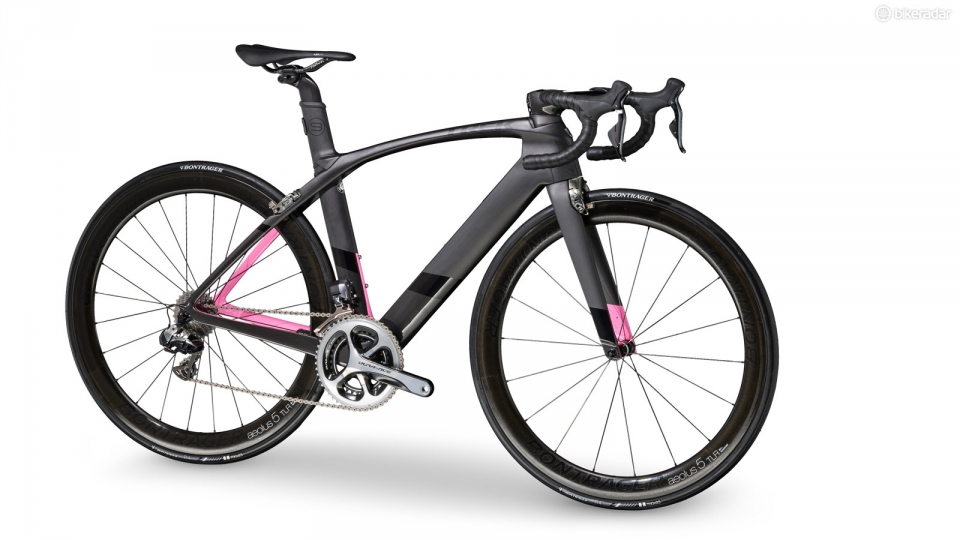
- WSD geometry
- 600-Series OCLV Carbon
- Shimano Dura-Ace Di2 9070 drivetrain
- Bontrager Aeolus 5 D3 TLR wheels
Trek Madone 9.5: US$8,400 / £6,000 / €8,000-8,400 / AU$8,000
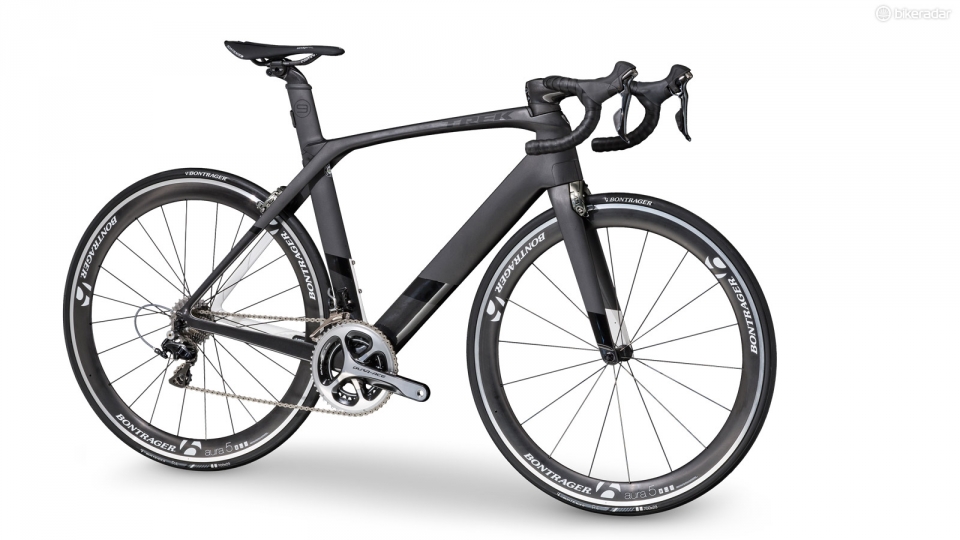
- H2 geometry
- 600-Series OCLV Carbon
- Shimano Dura-Ace 9000 drivetrain
- Bontrager Aura 5 TLR wheels
Trek Madone 9.2: US$6,300 / €4,500 / €6,000-6,400 / AU$6,500

- H2 geometry
- 600-Series OCLV Carbon
- Shimano Ultegra 6800 drivetrain
- Bontrager Paradigm Elite TLR wheels
Trek Madone 9-Series H1 frameset: US$5,780 / £4,100 / €5,500-5,800 / AU$5,700
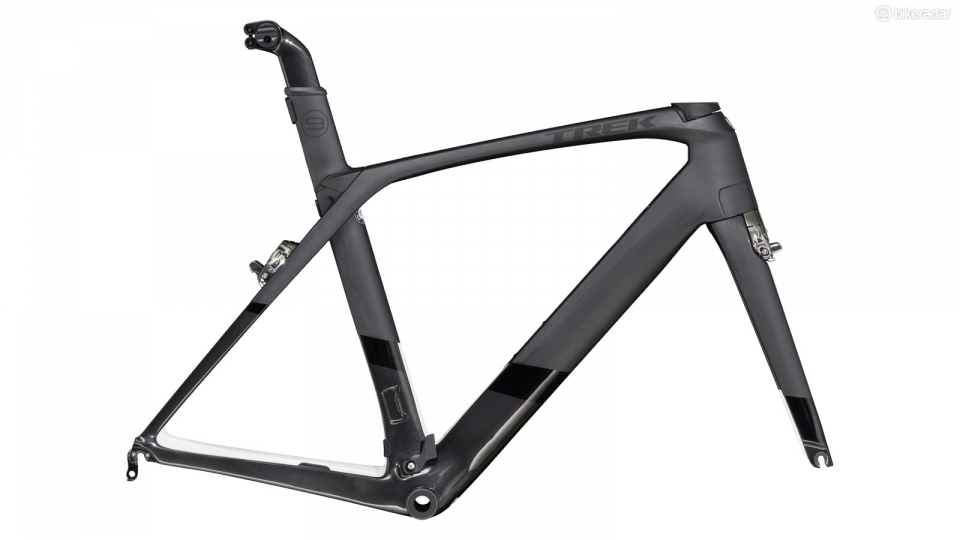
- Trek will also offer the new madone 9-series as framesets in either h1 or h2 geometry:
- H1 geometry
- 700-Series OCLV Carbon
Trek Madone 9-Series H2 frameset: US$4,730 / £3,350 / €4,500-4,800 / AU$4,500
- H2 geometry
- 600-Series OCLV Carbon